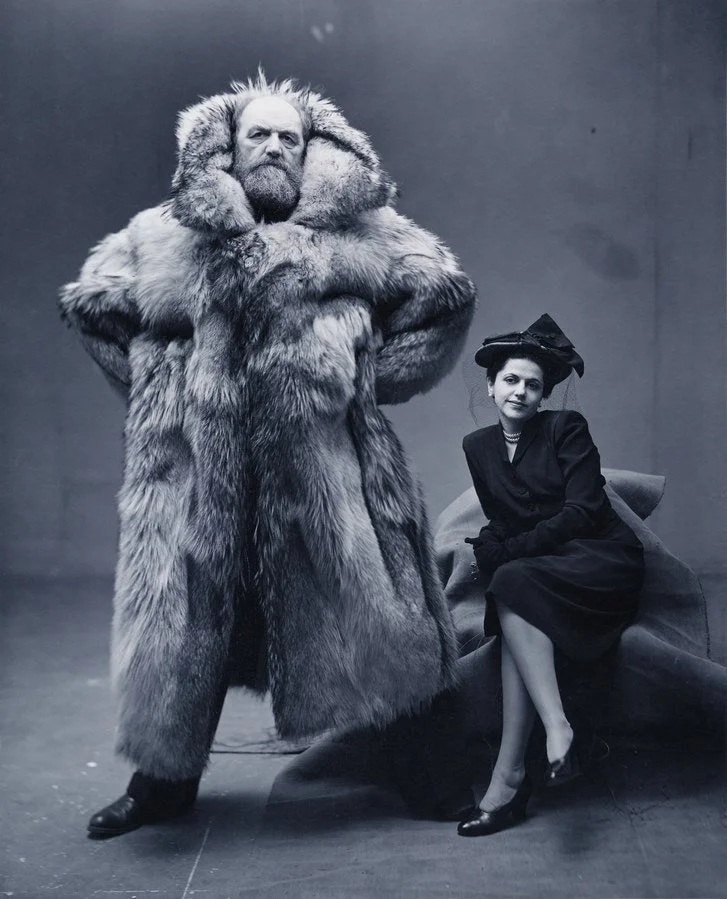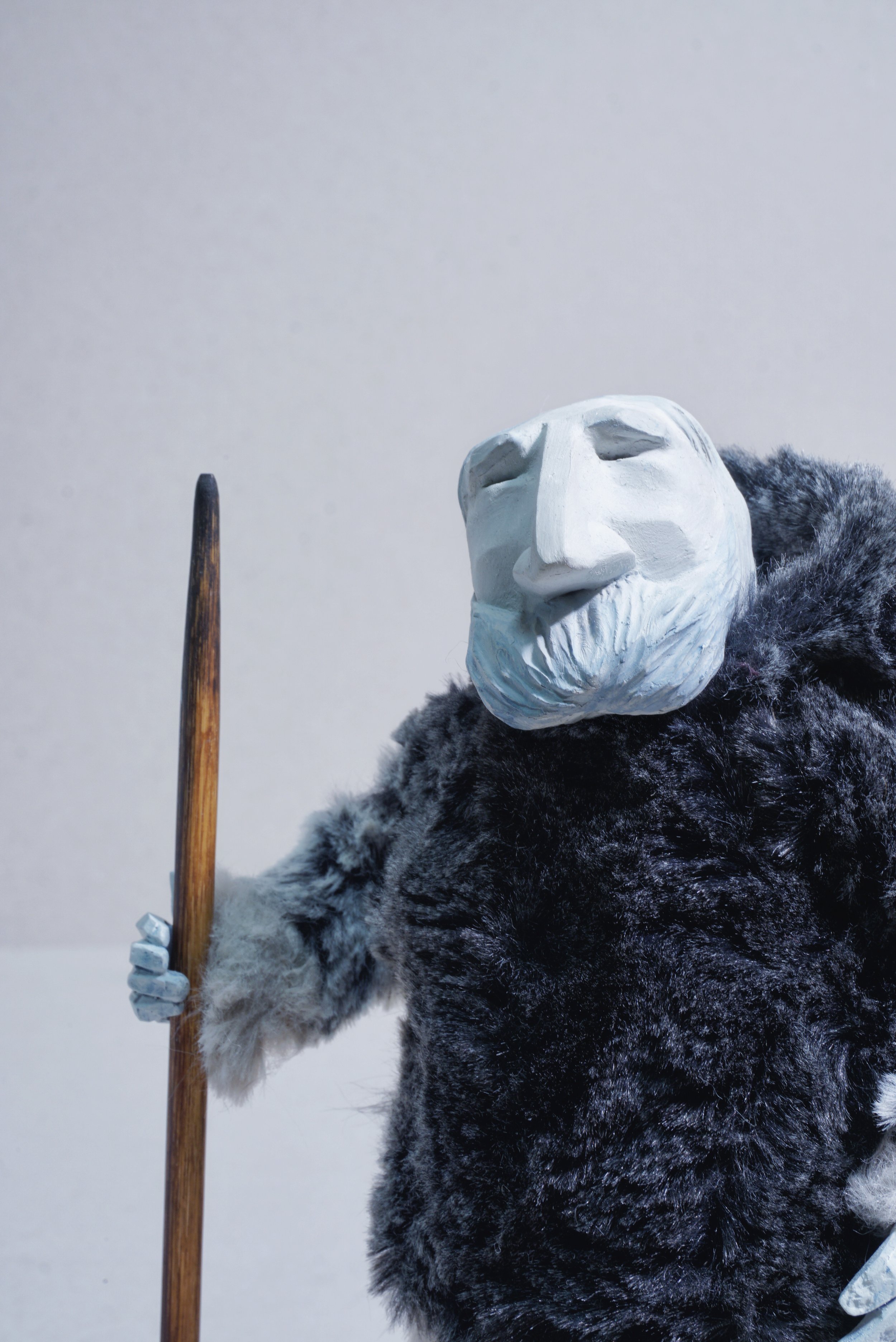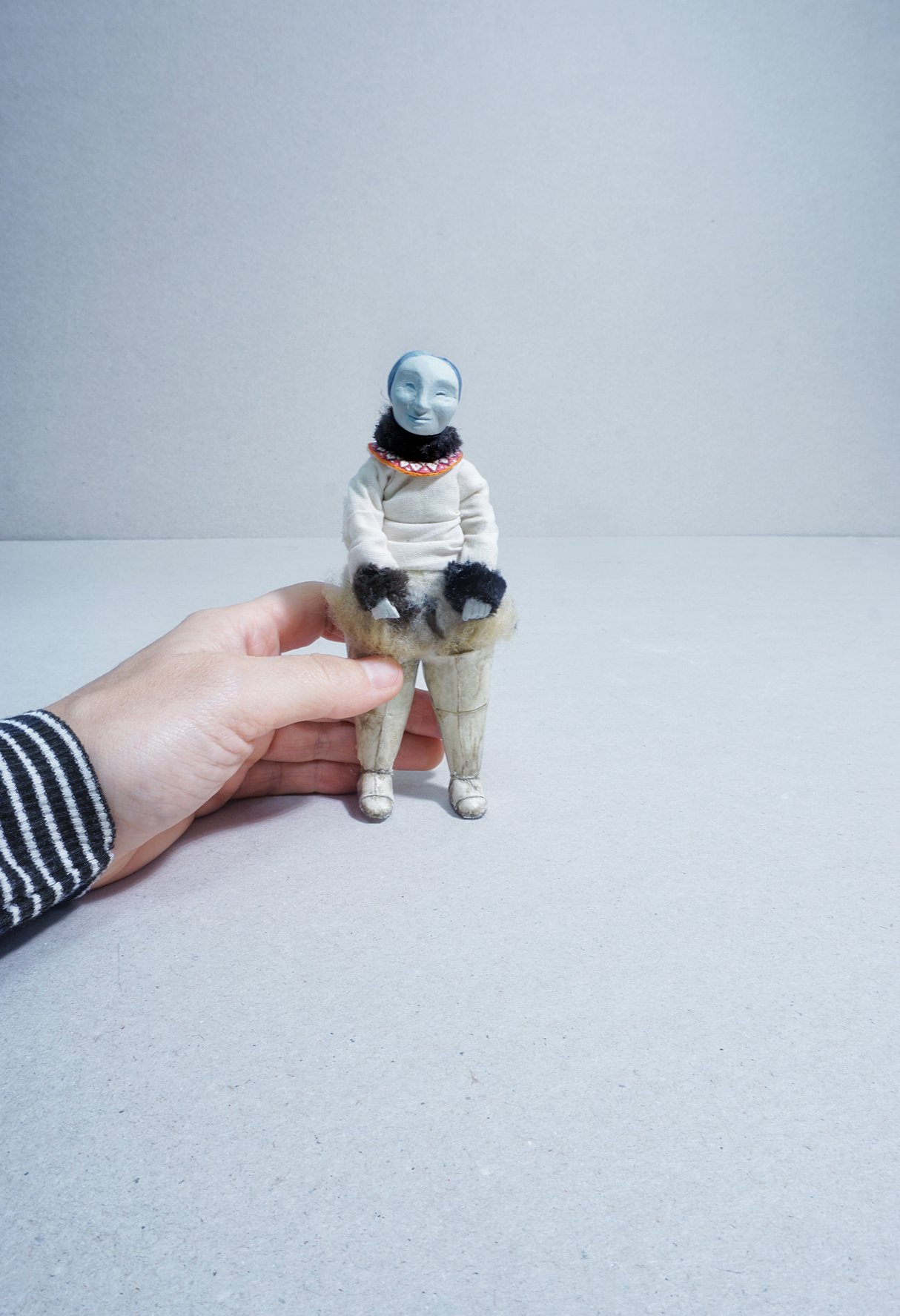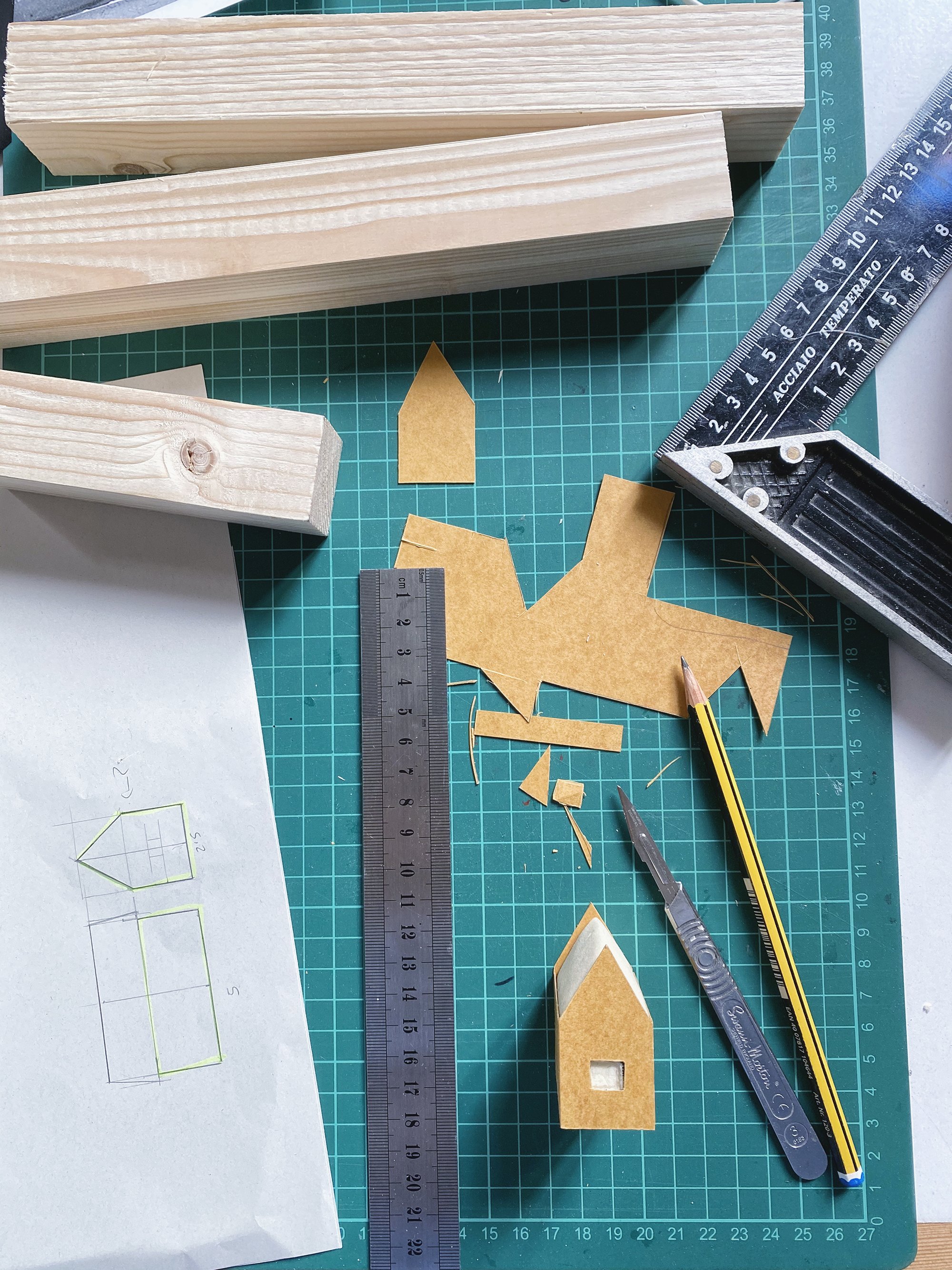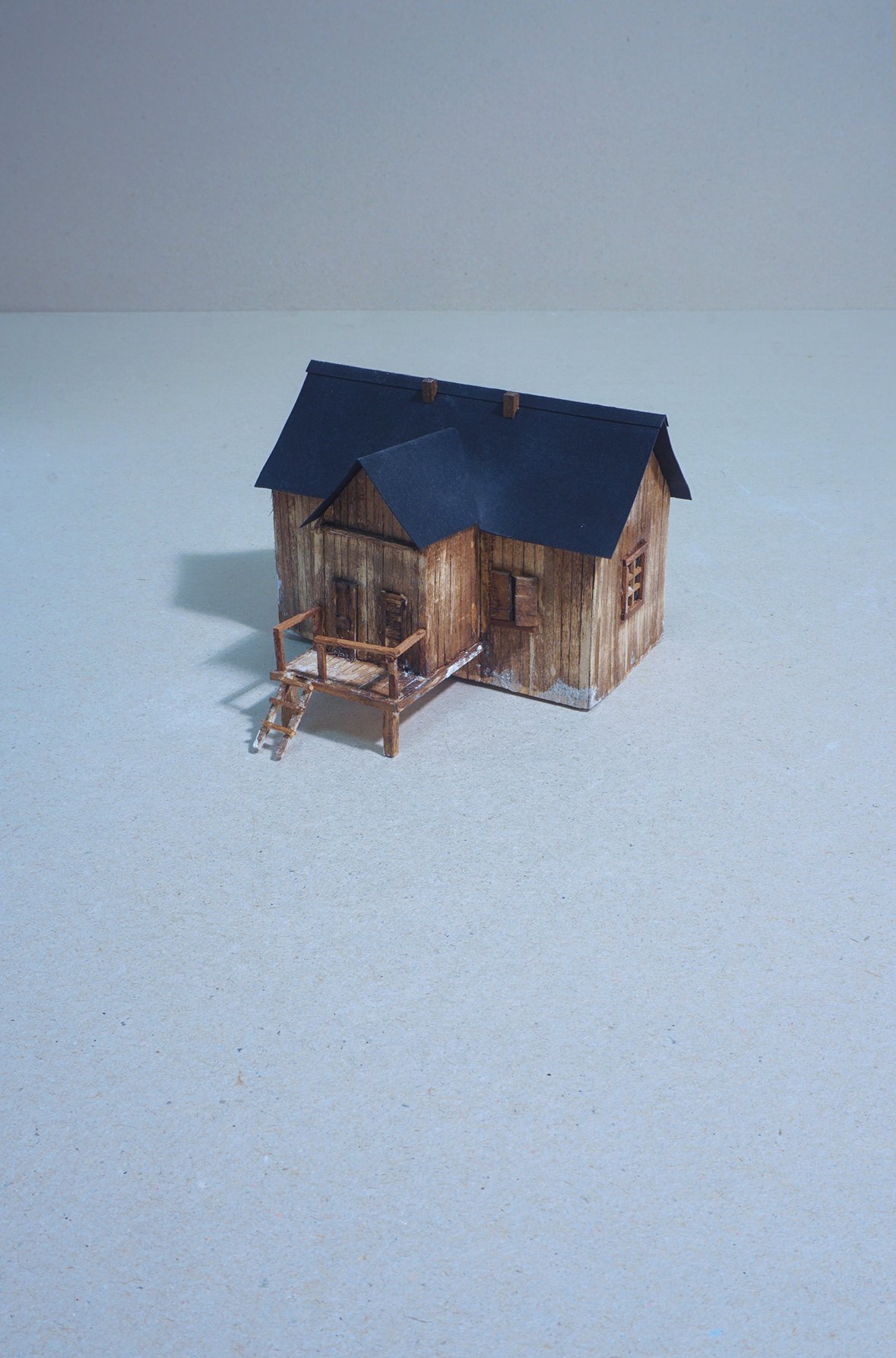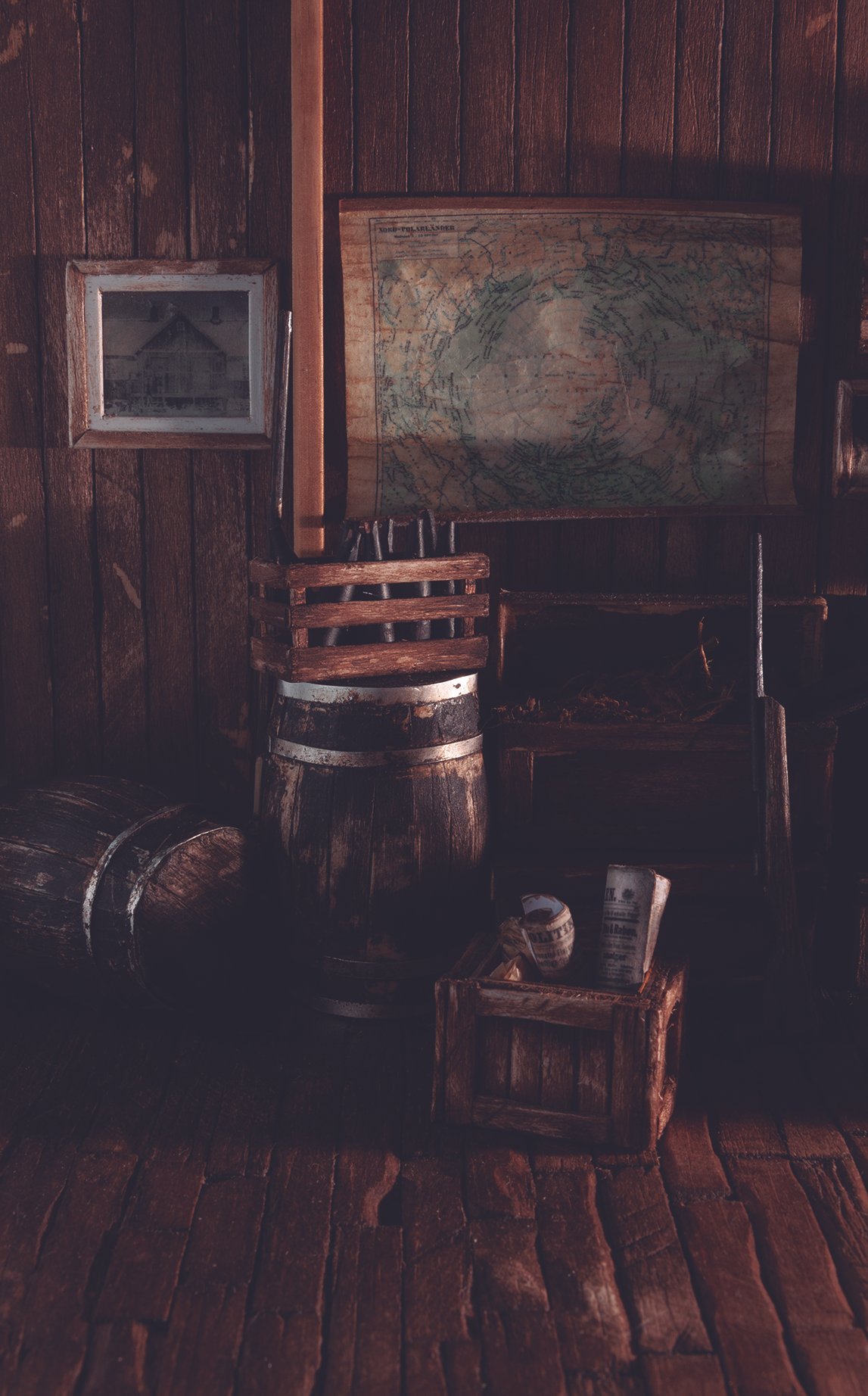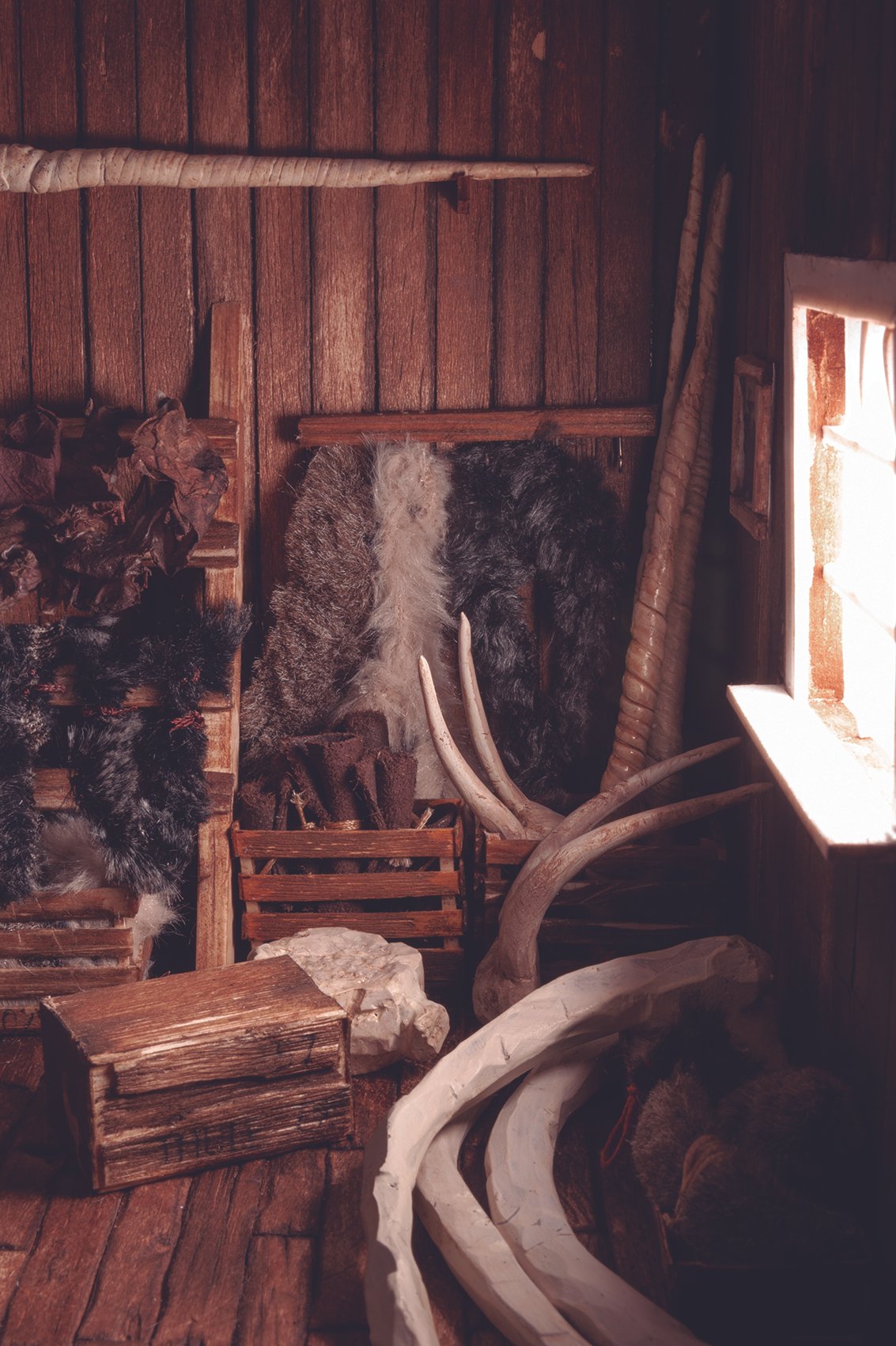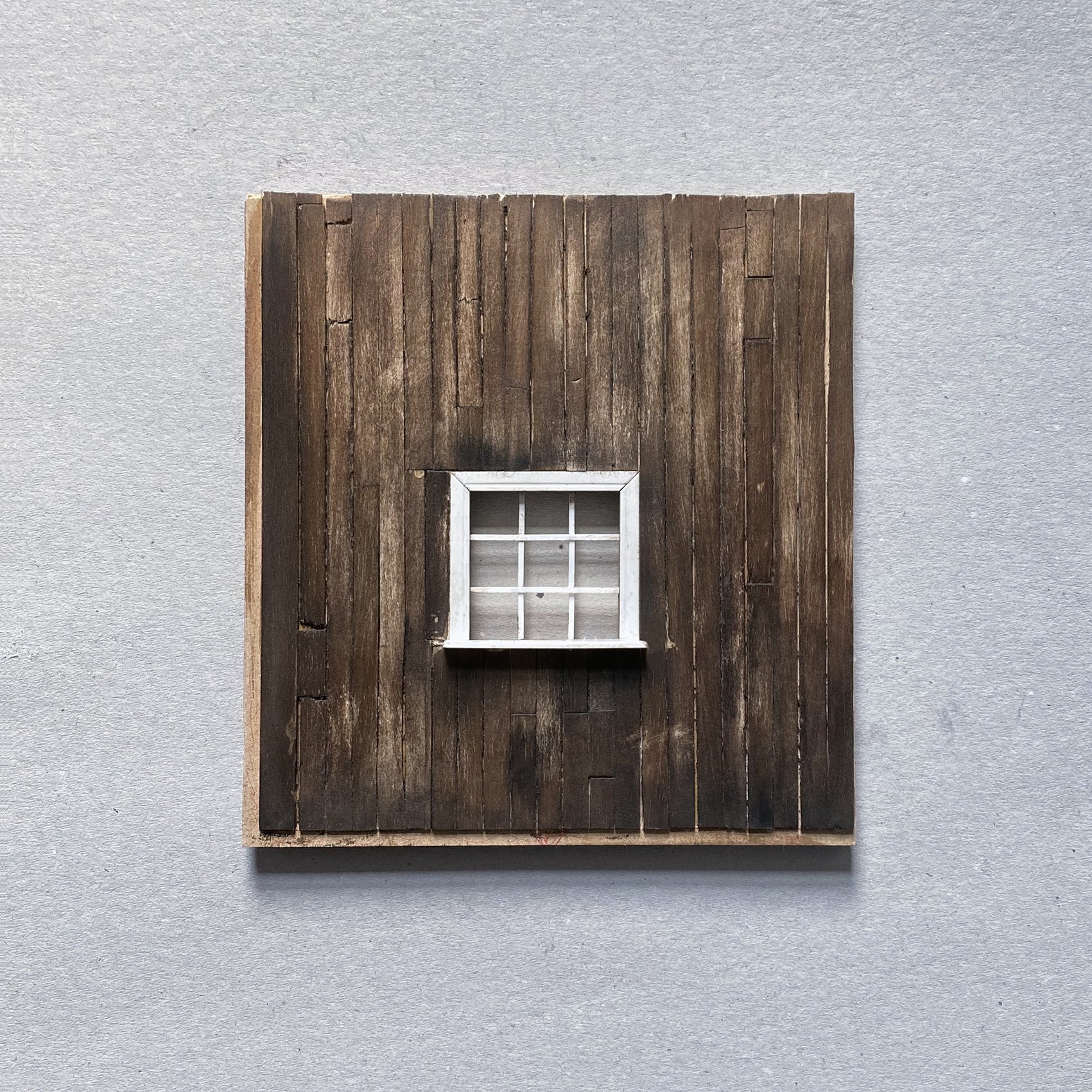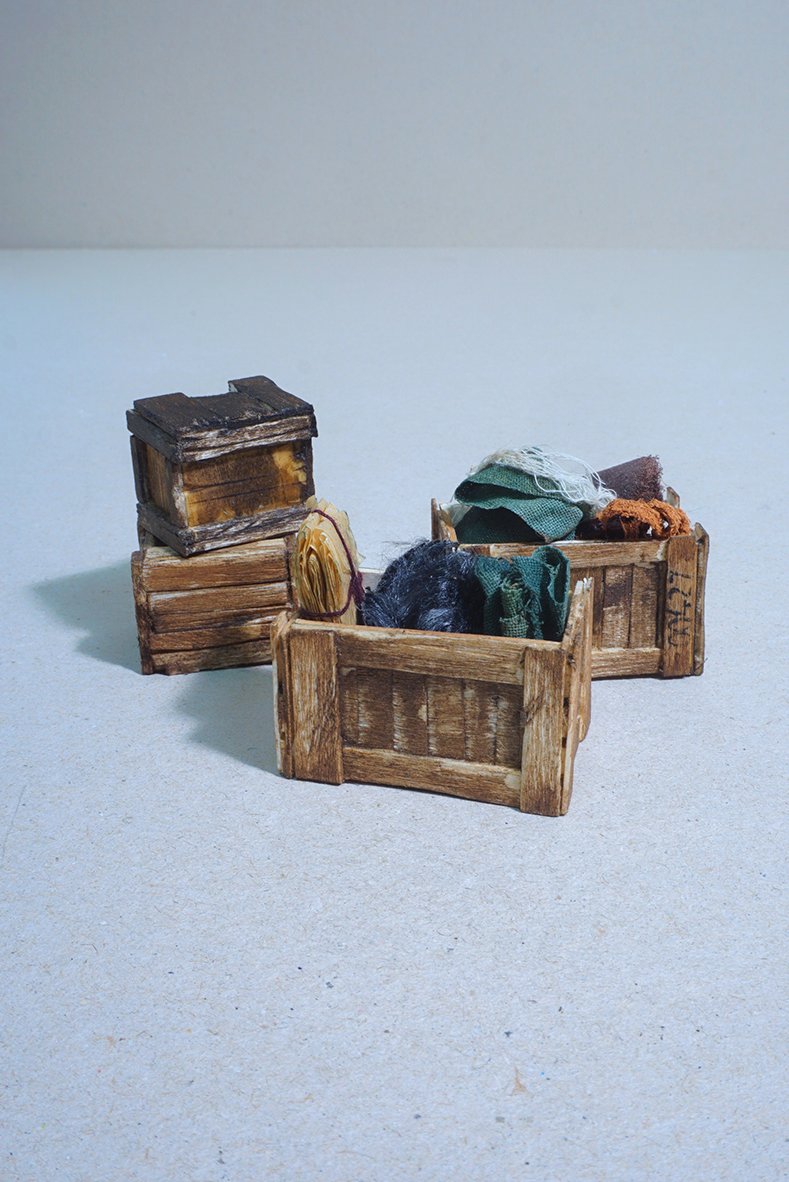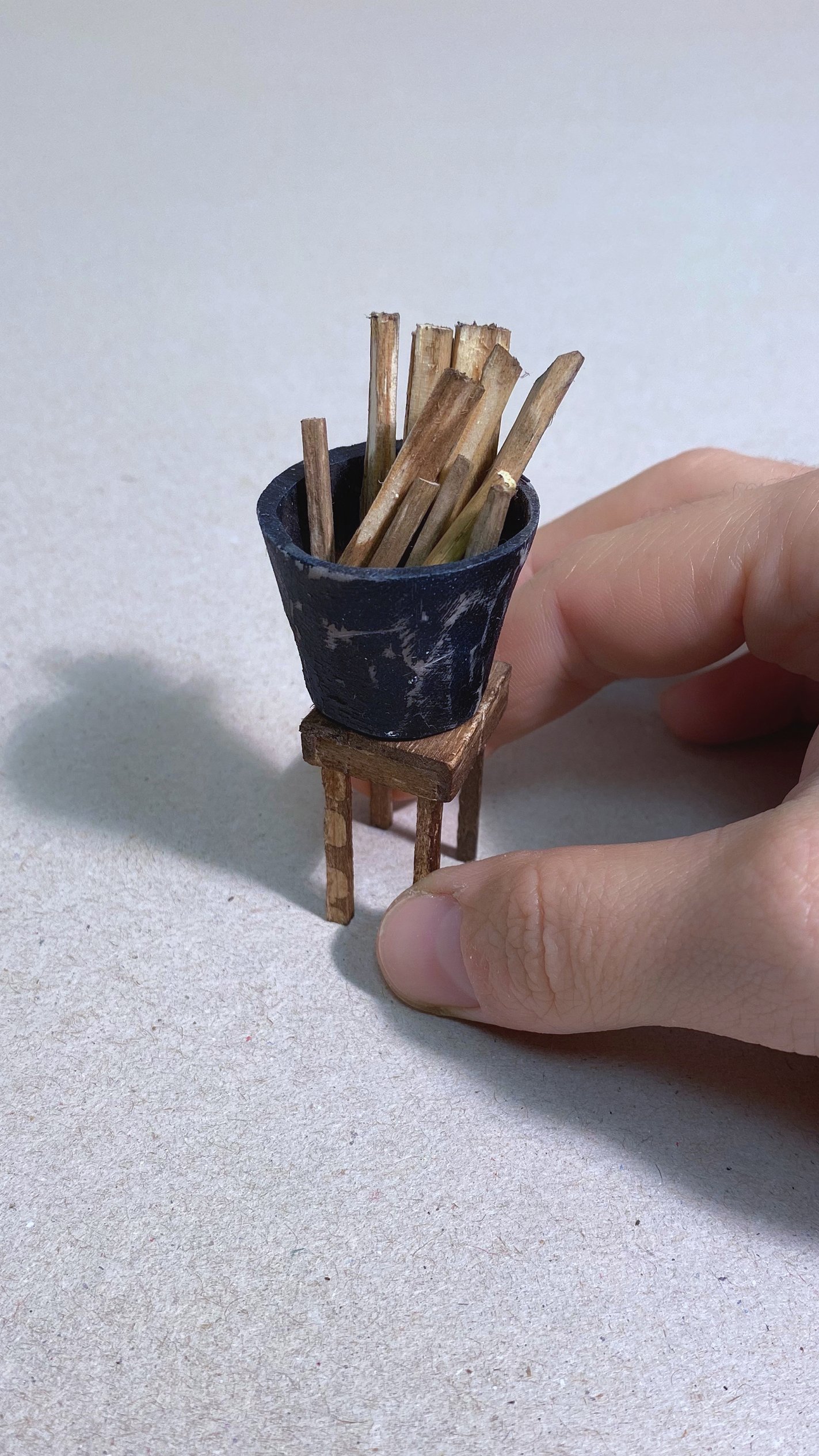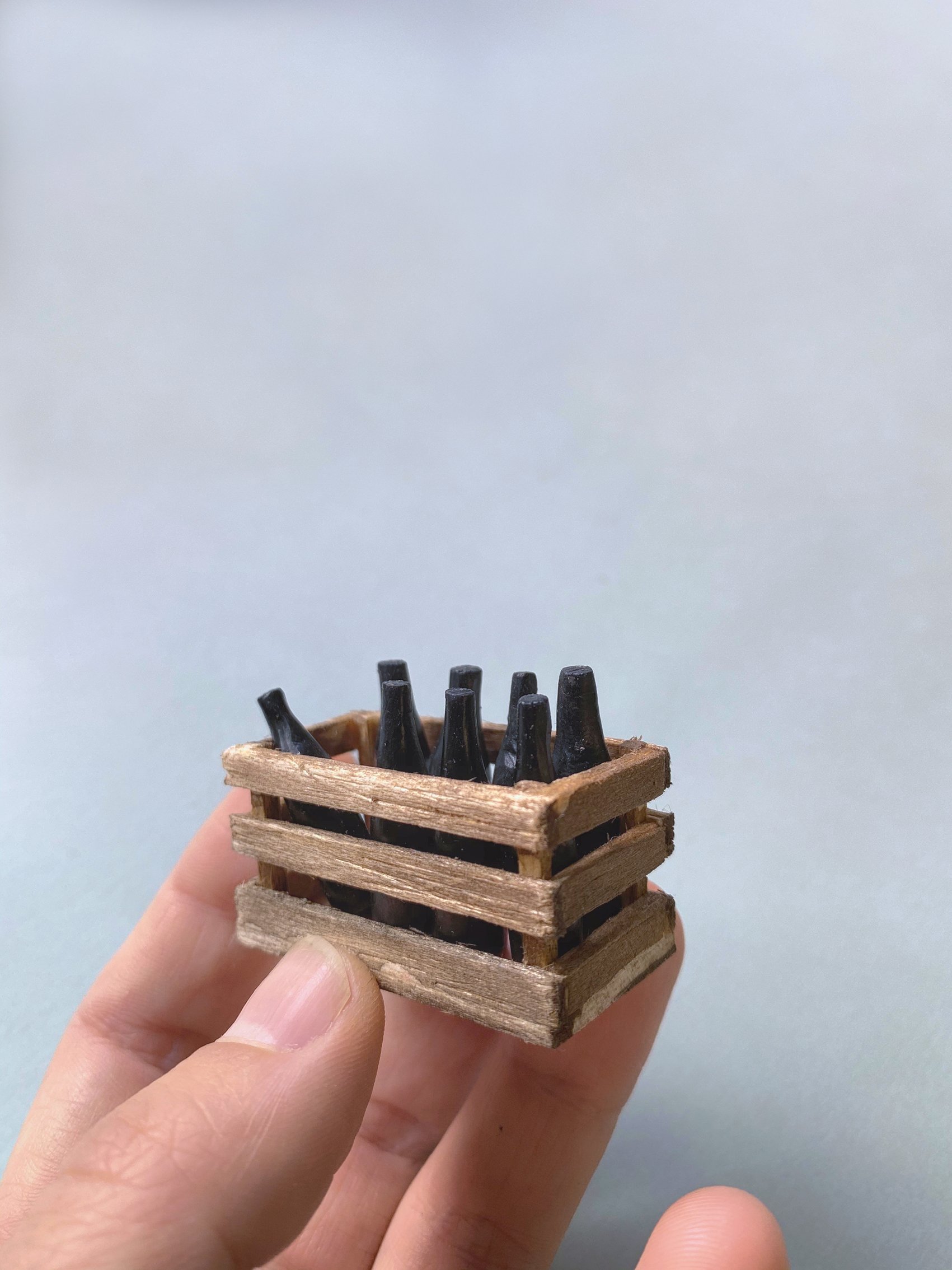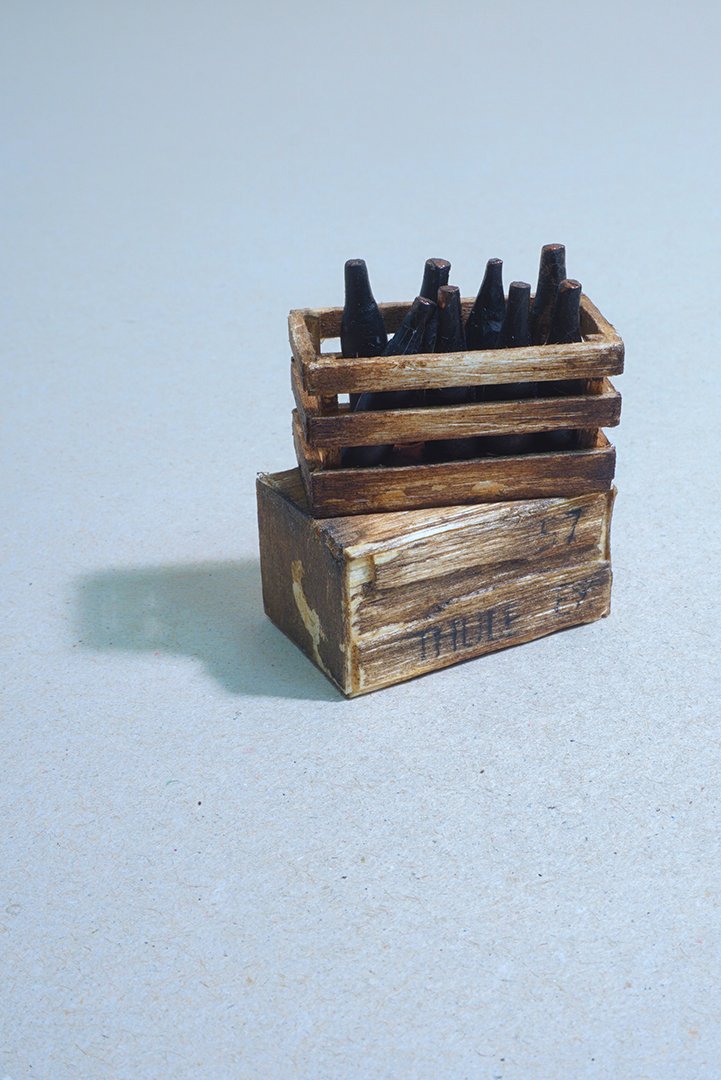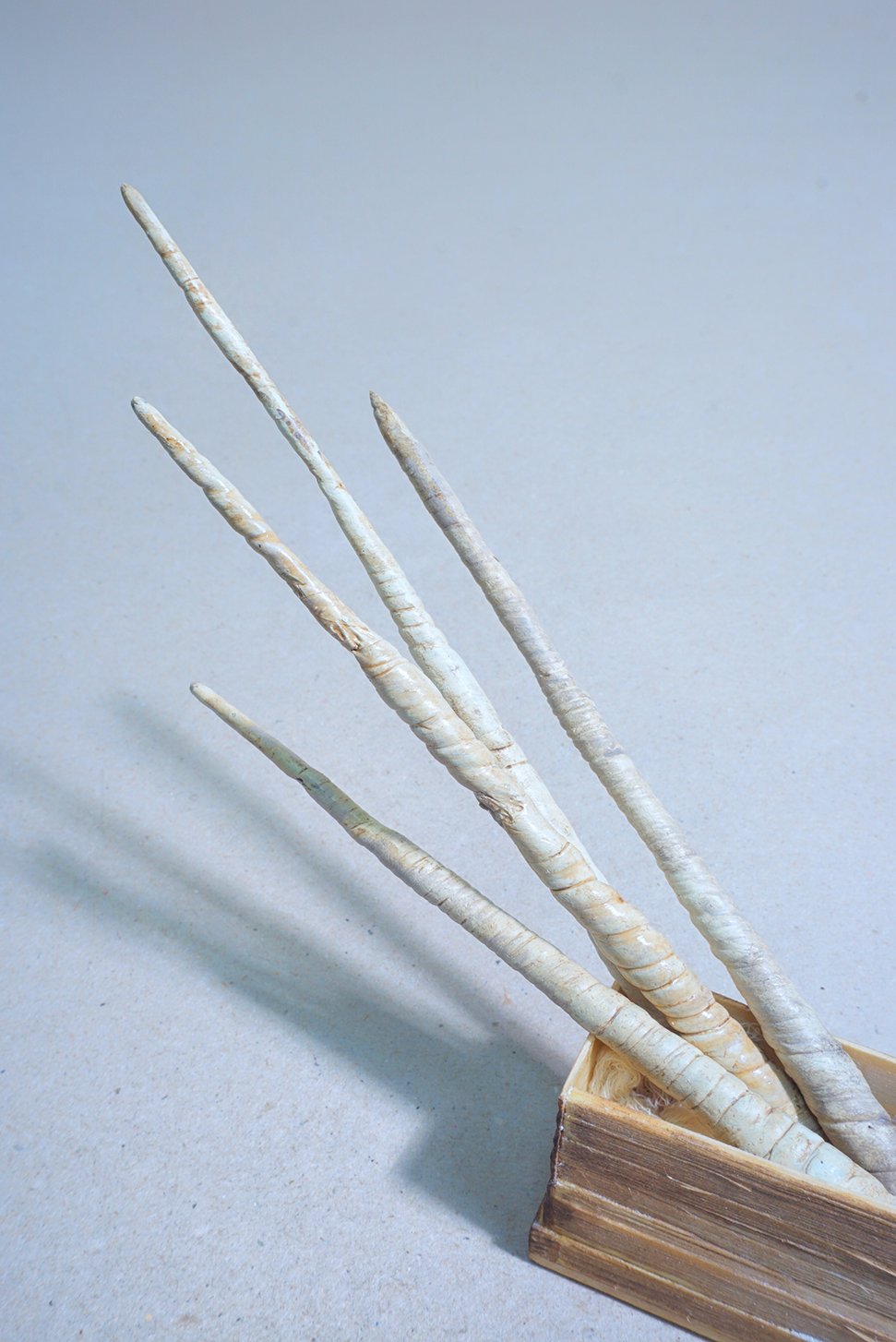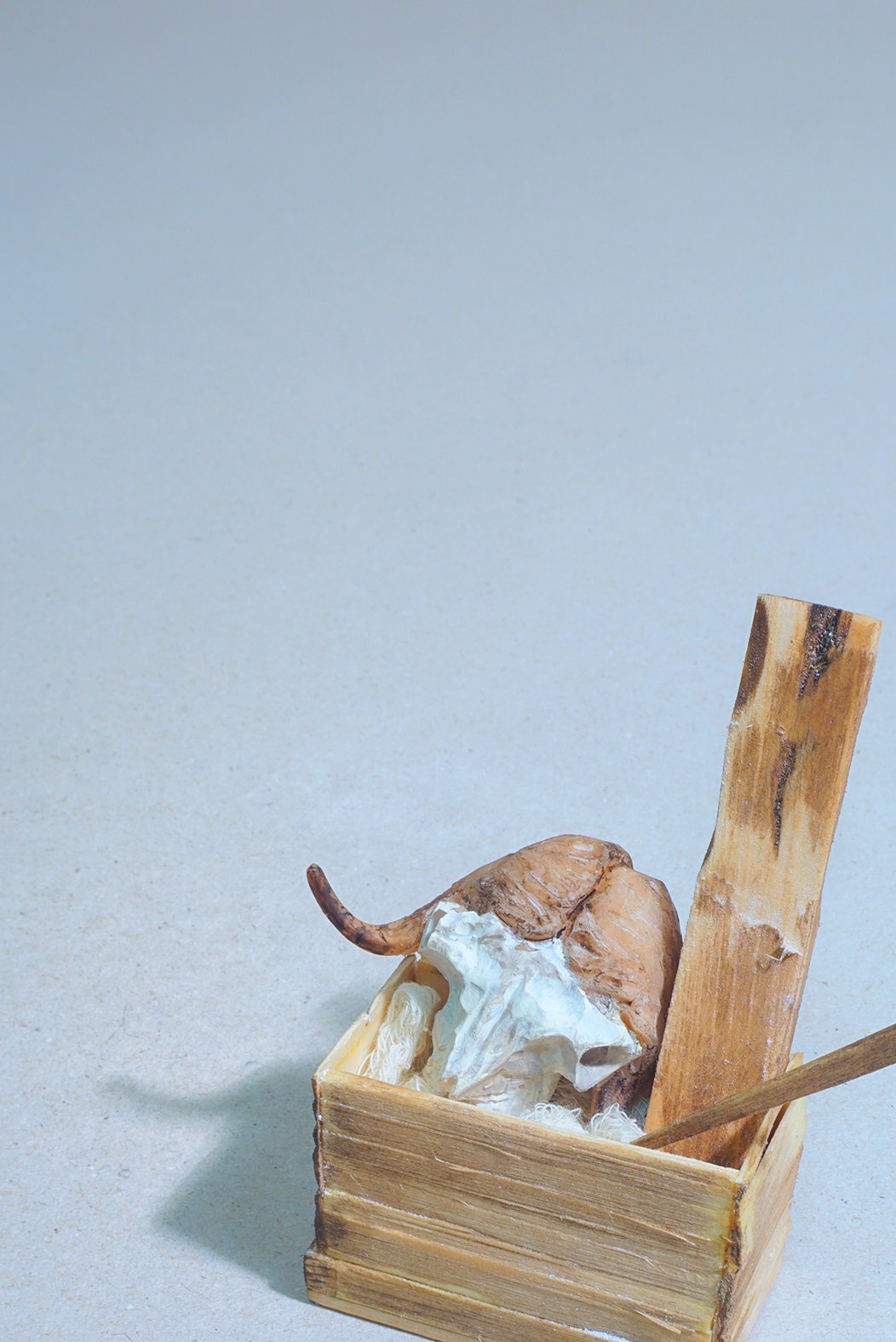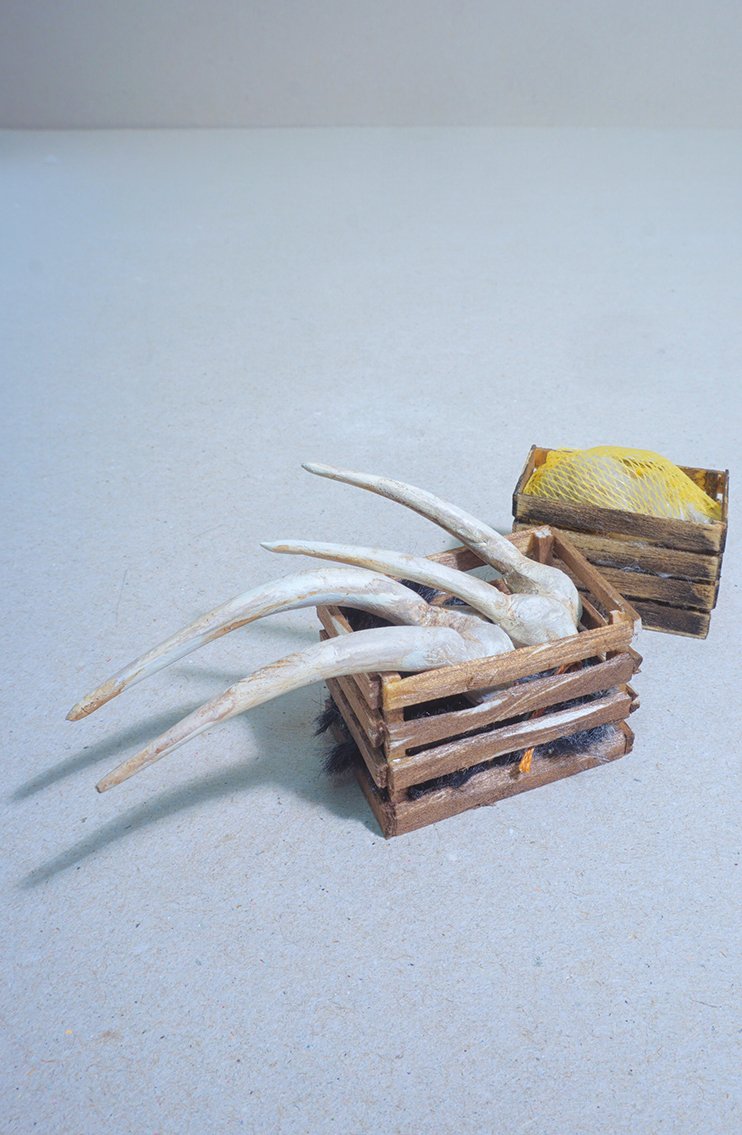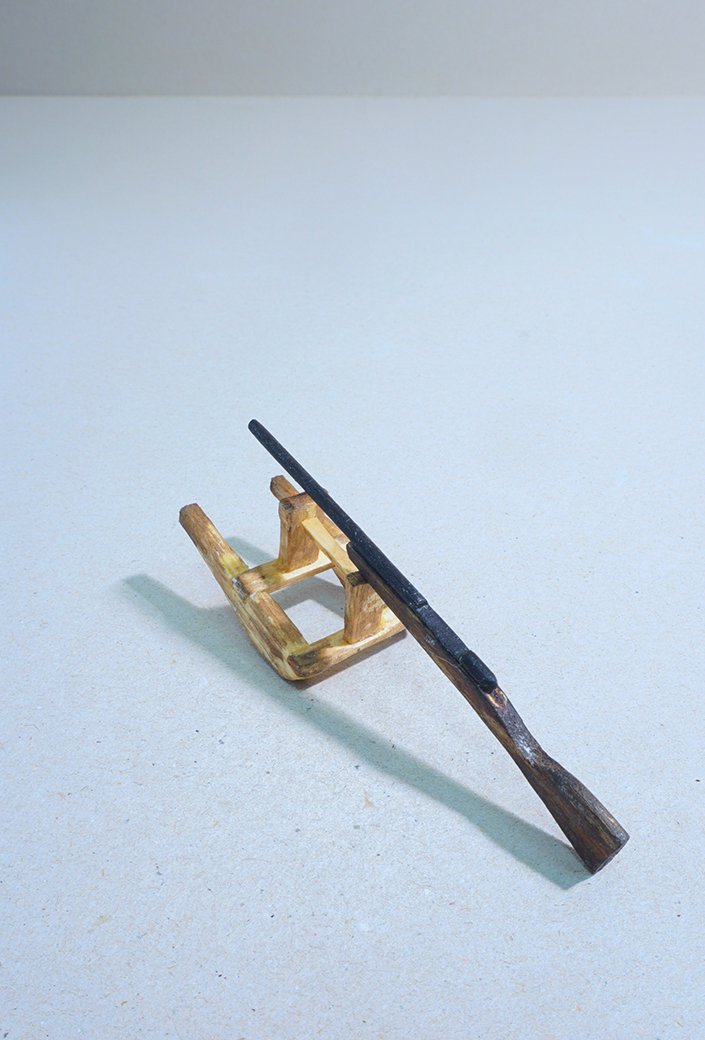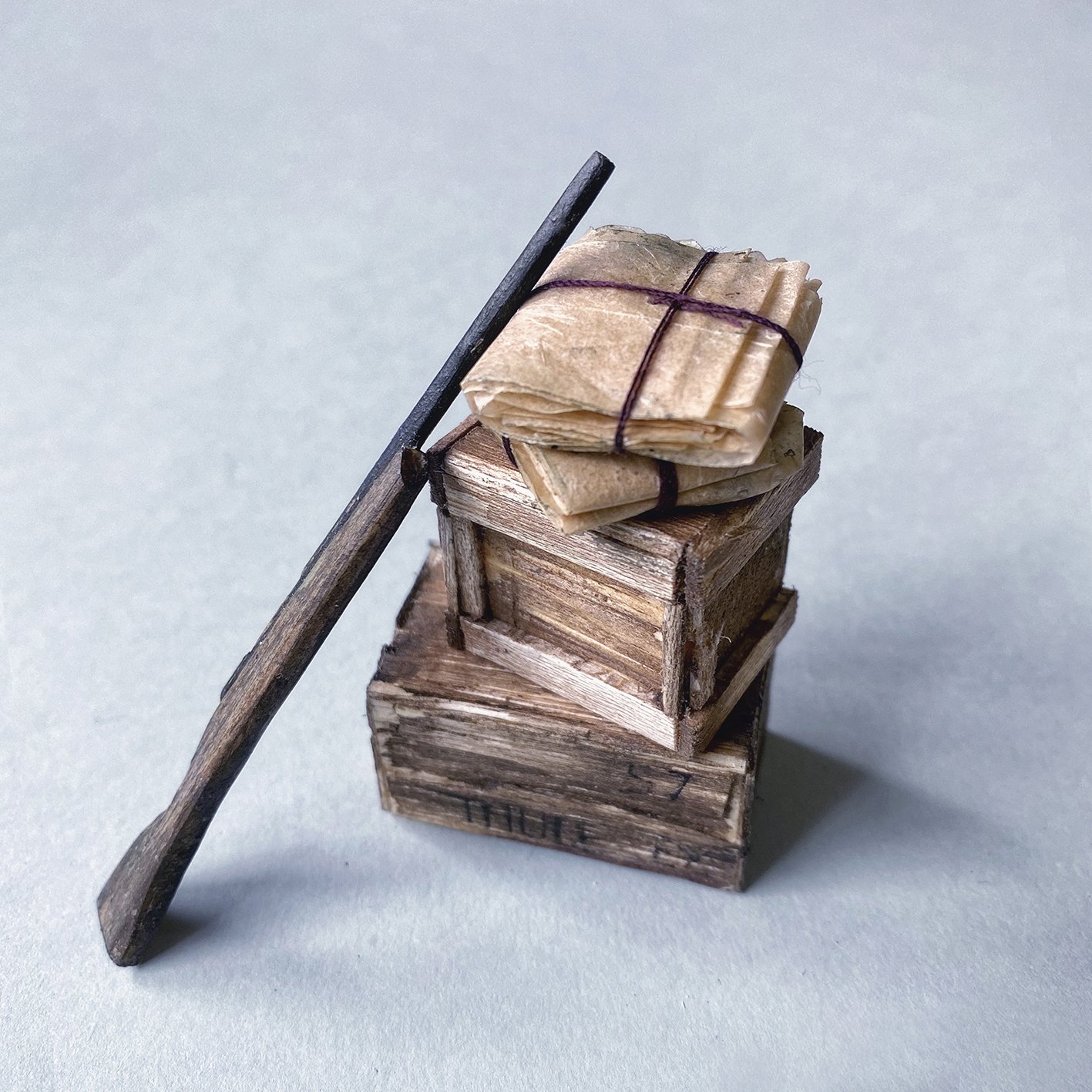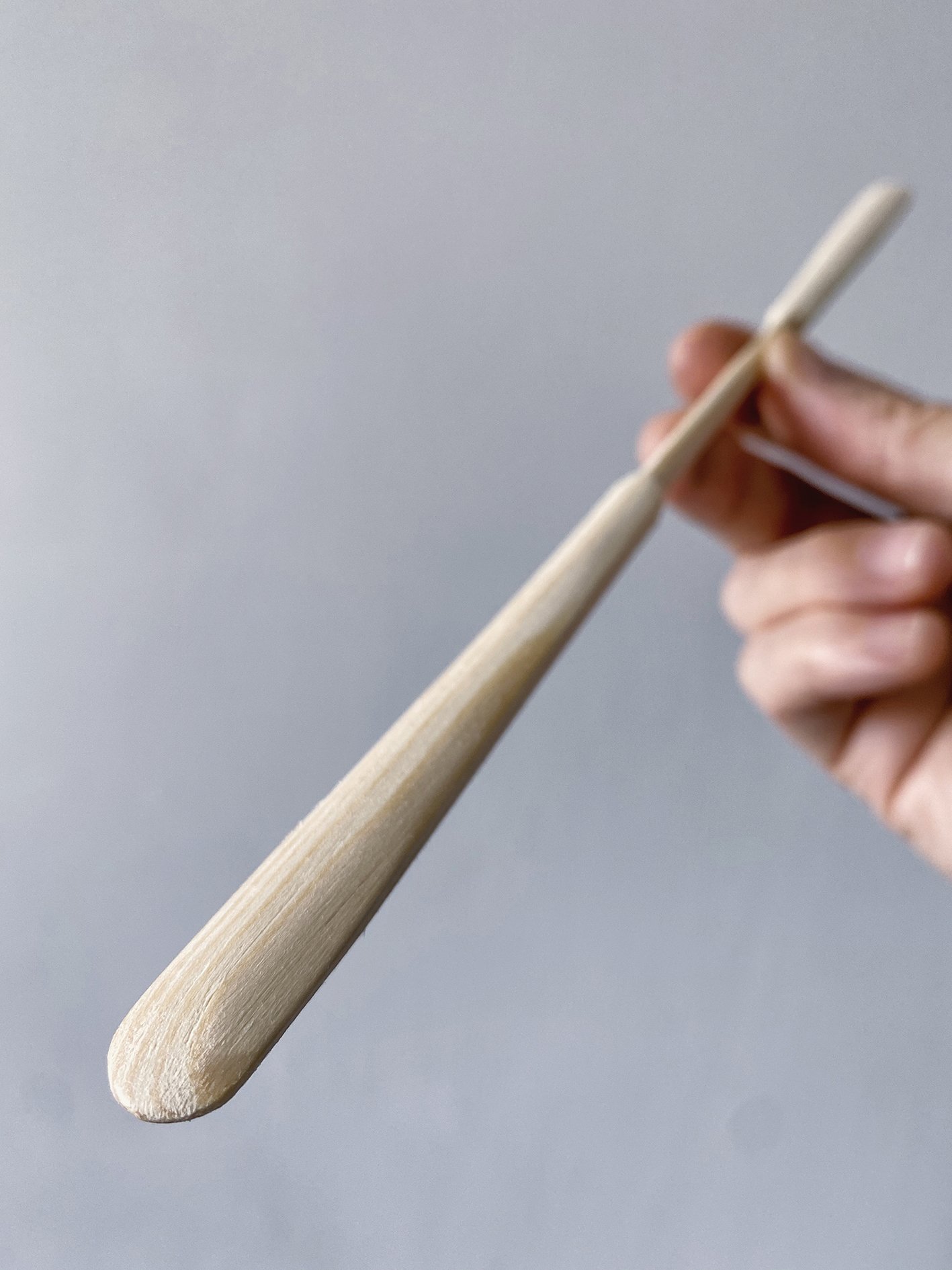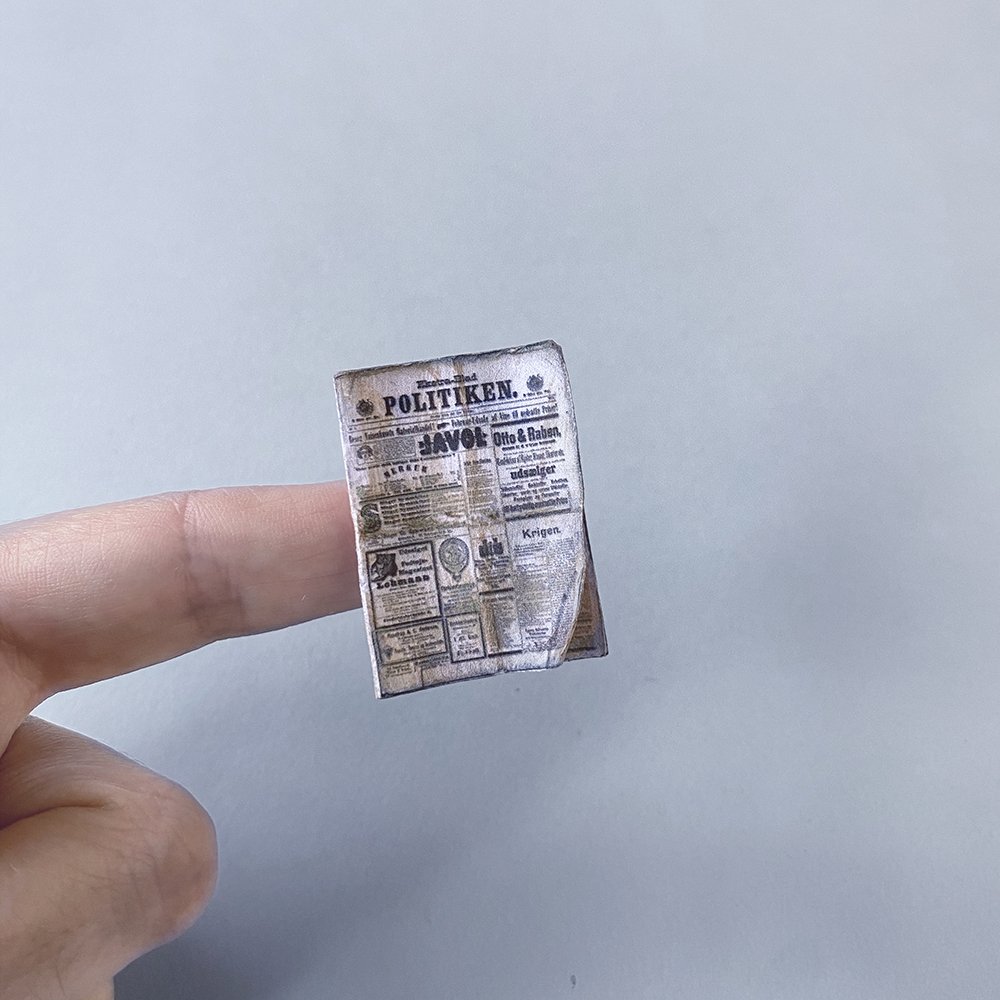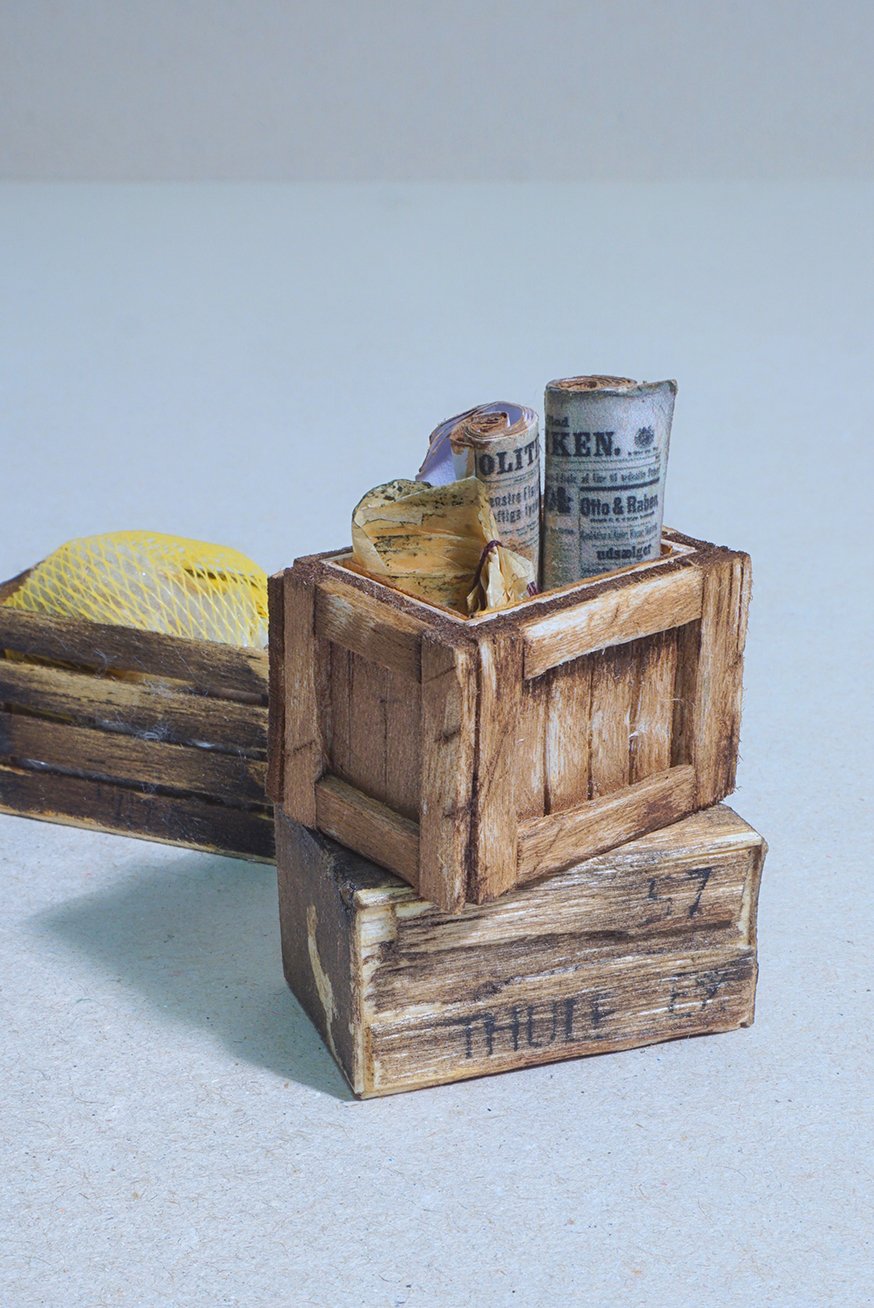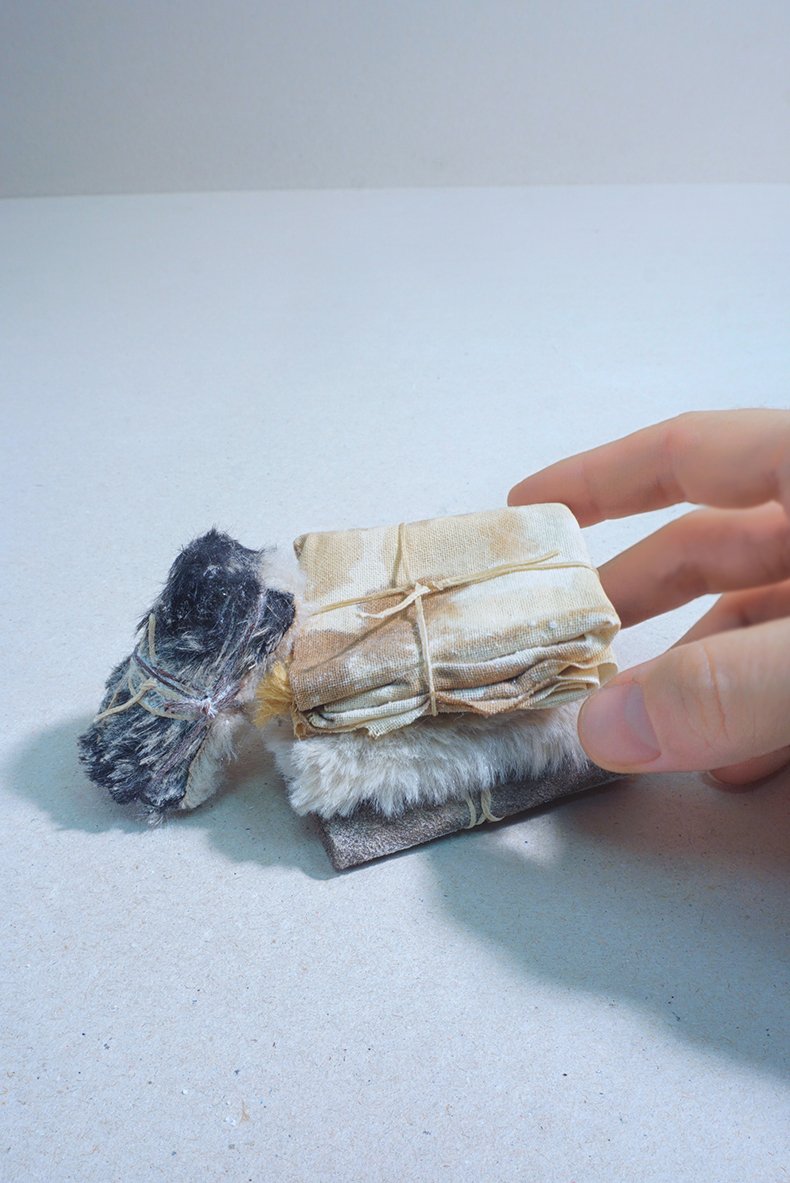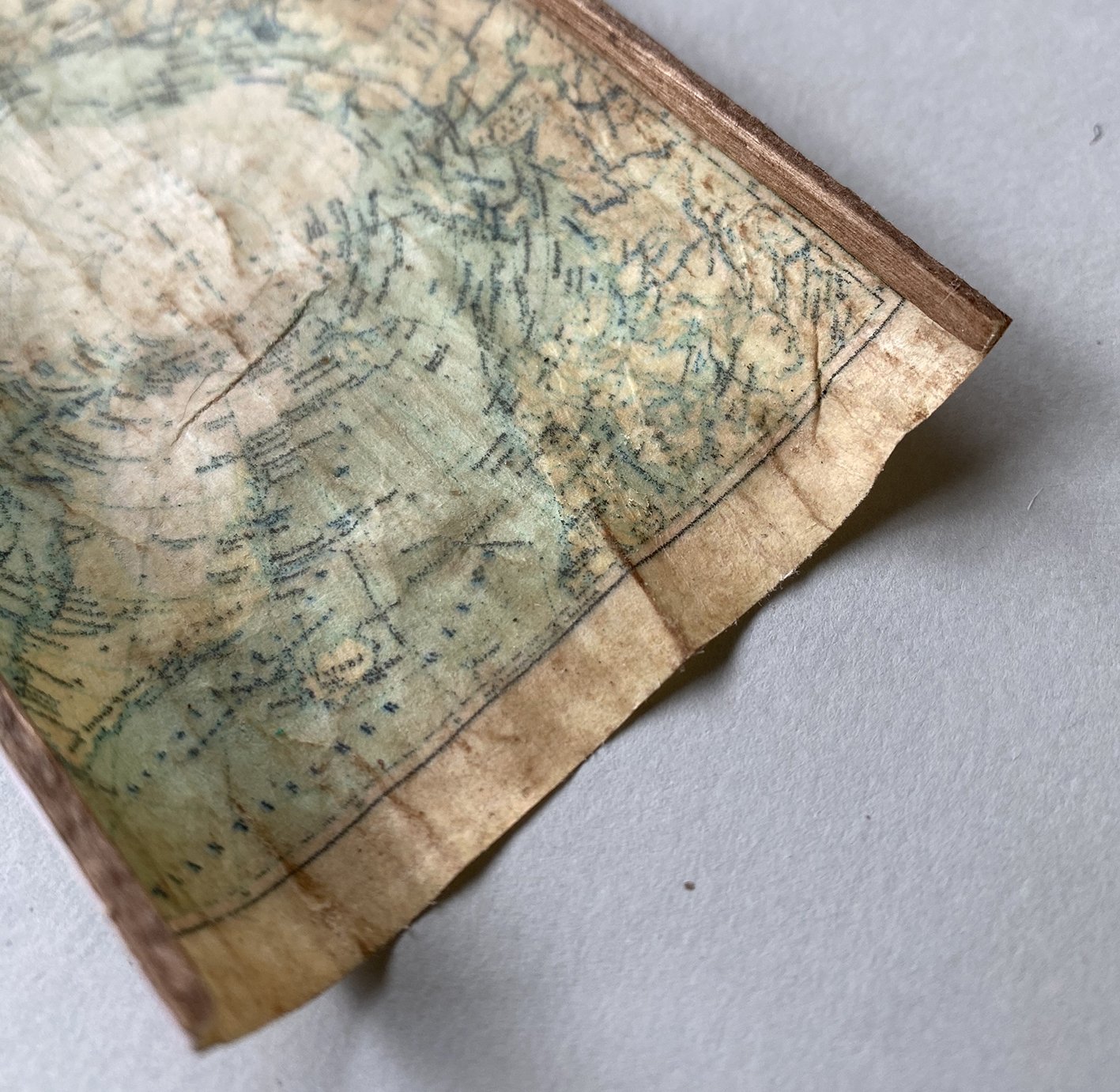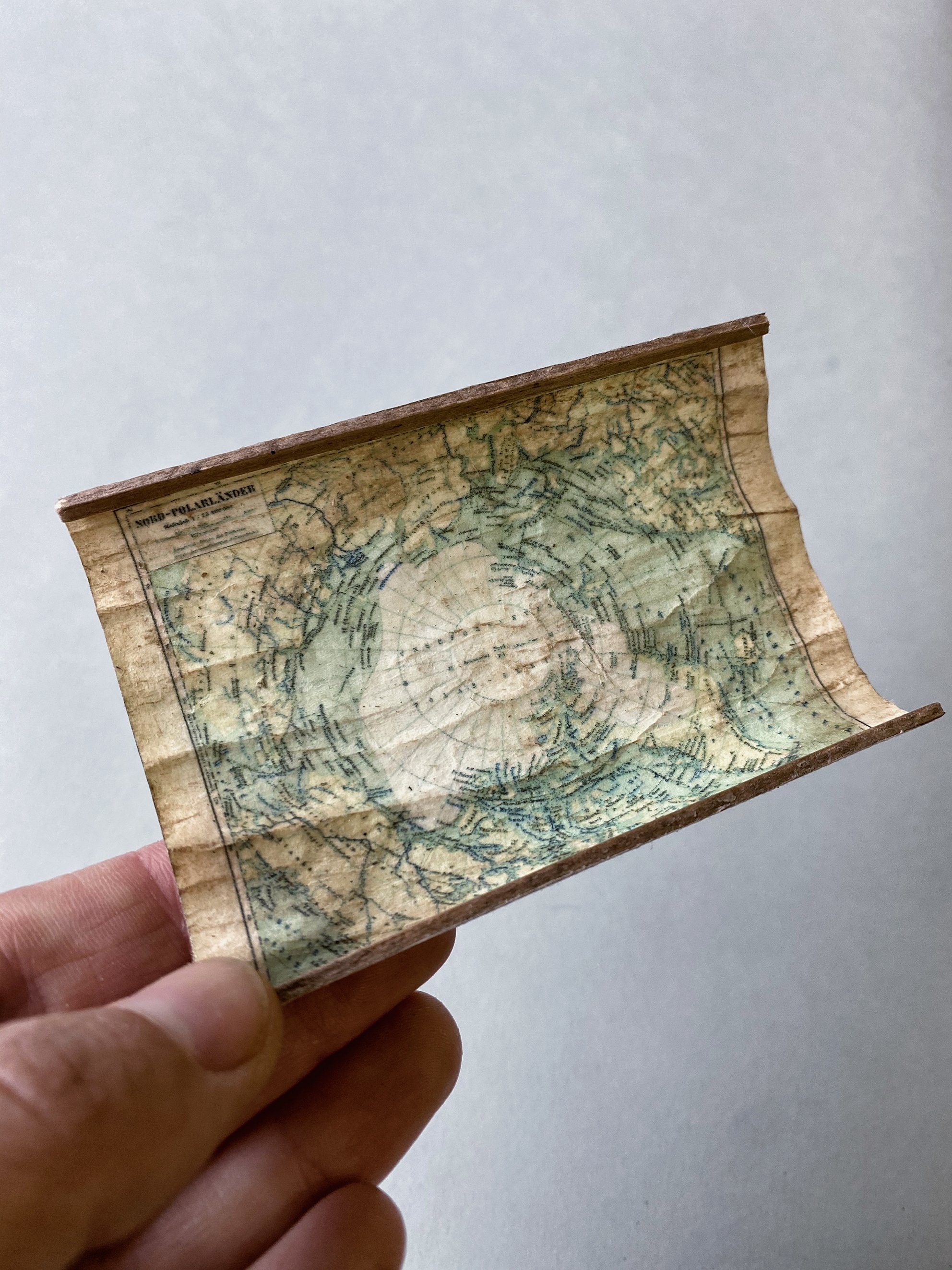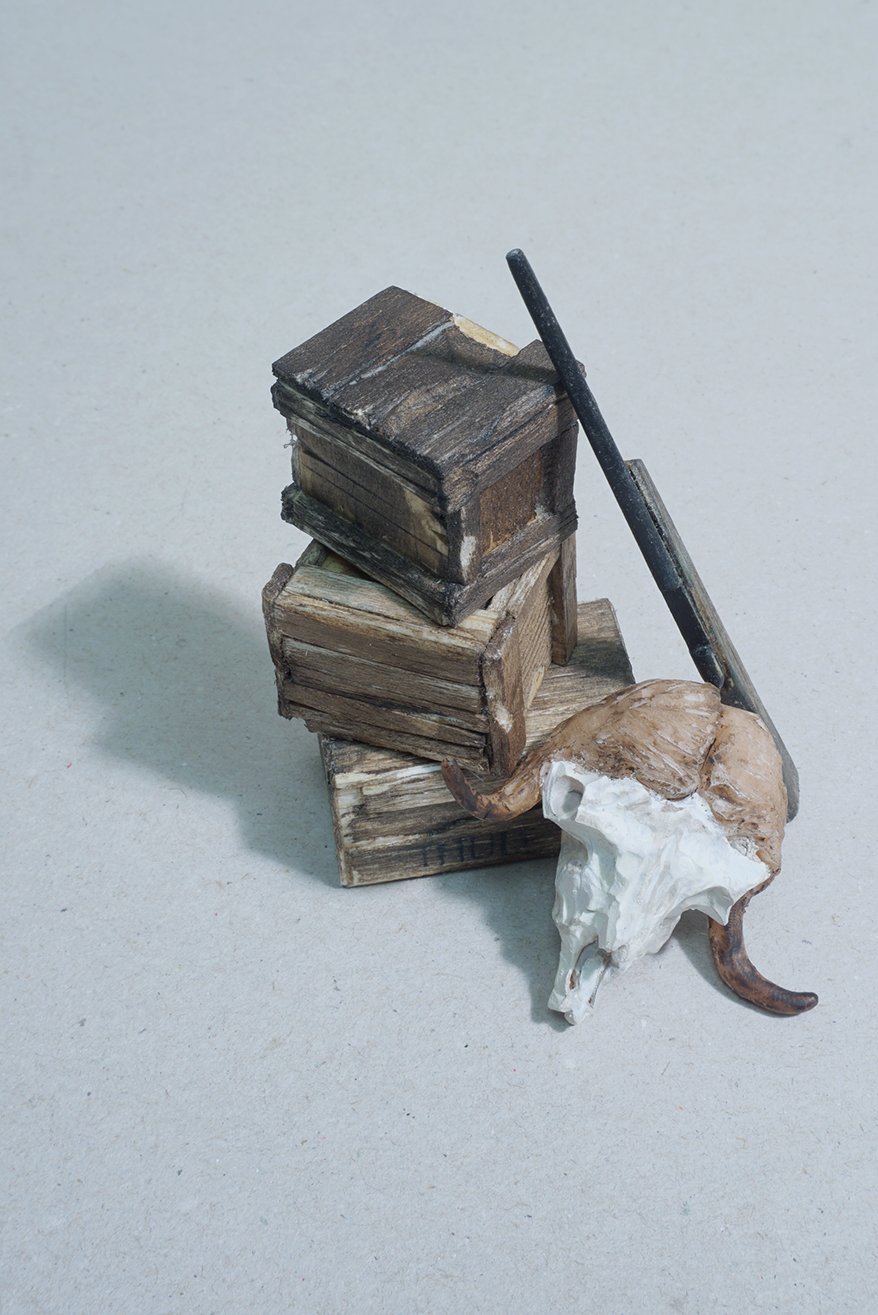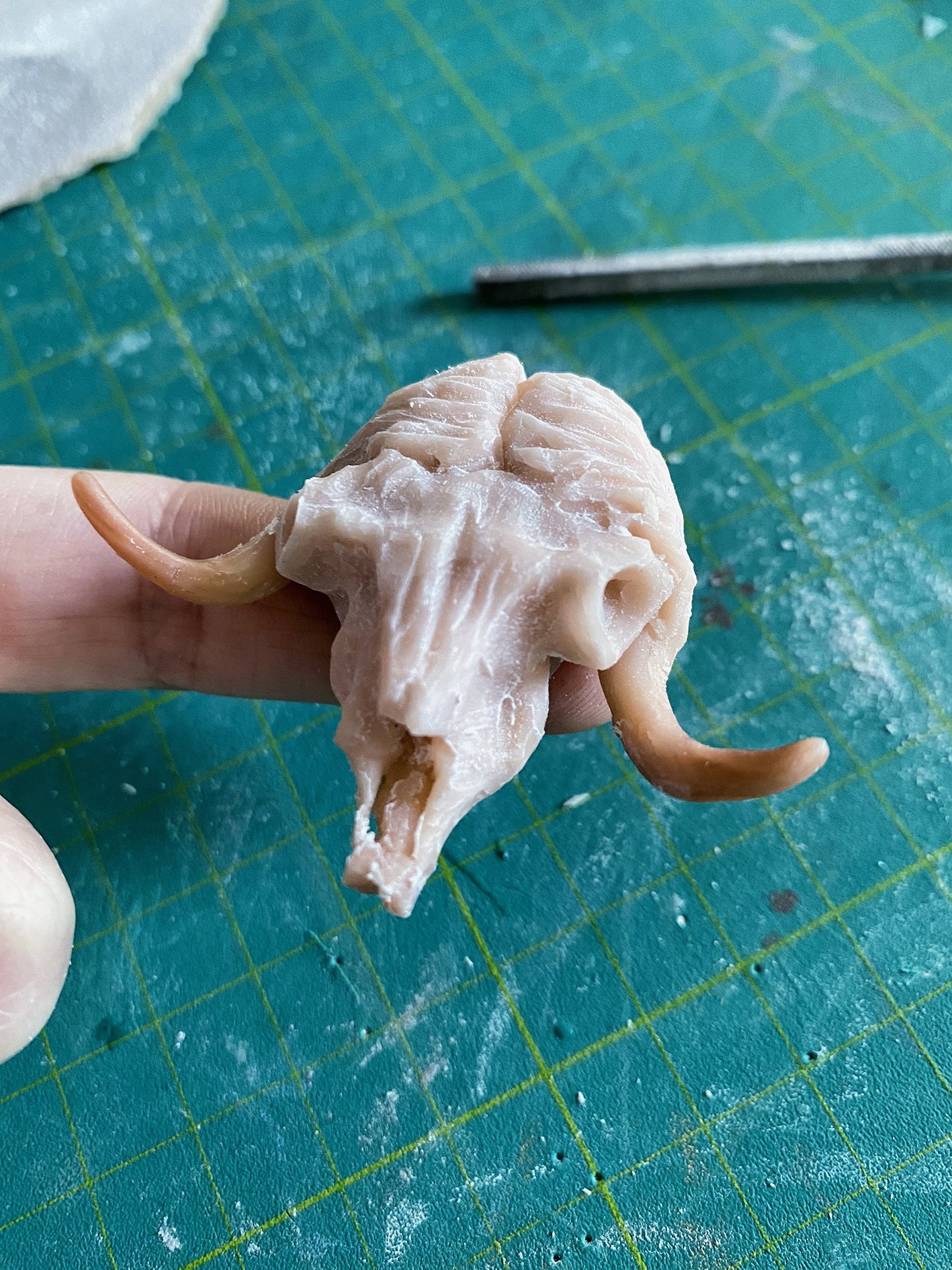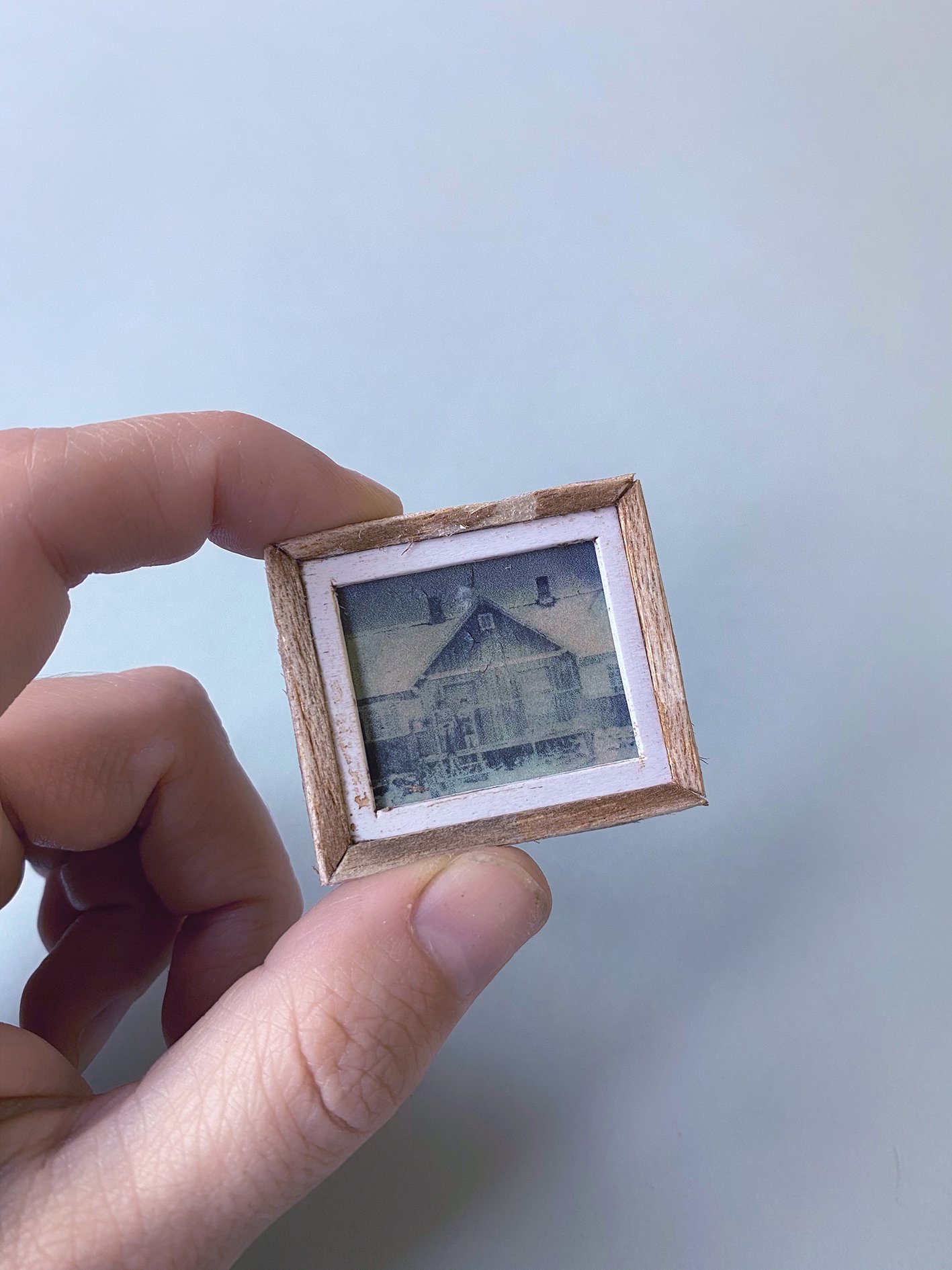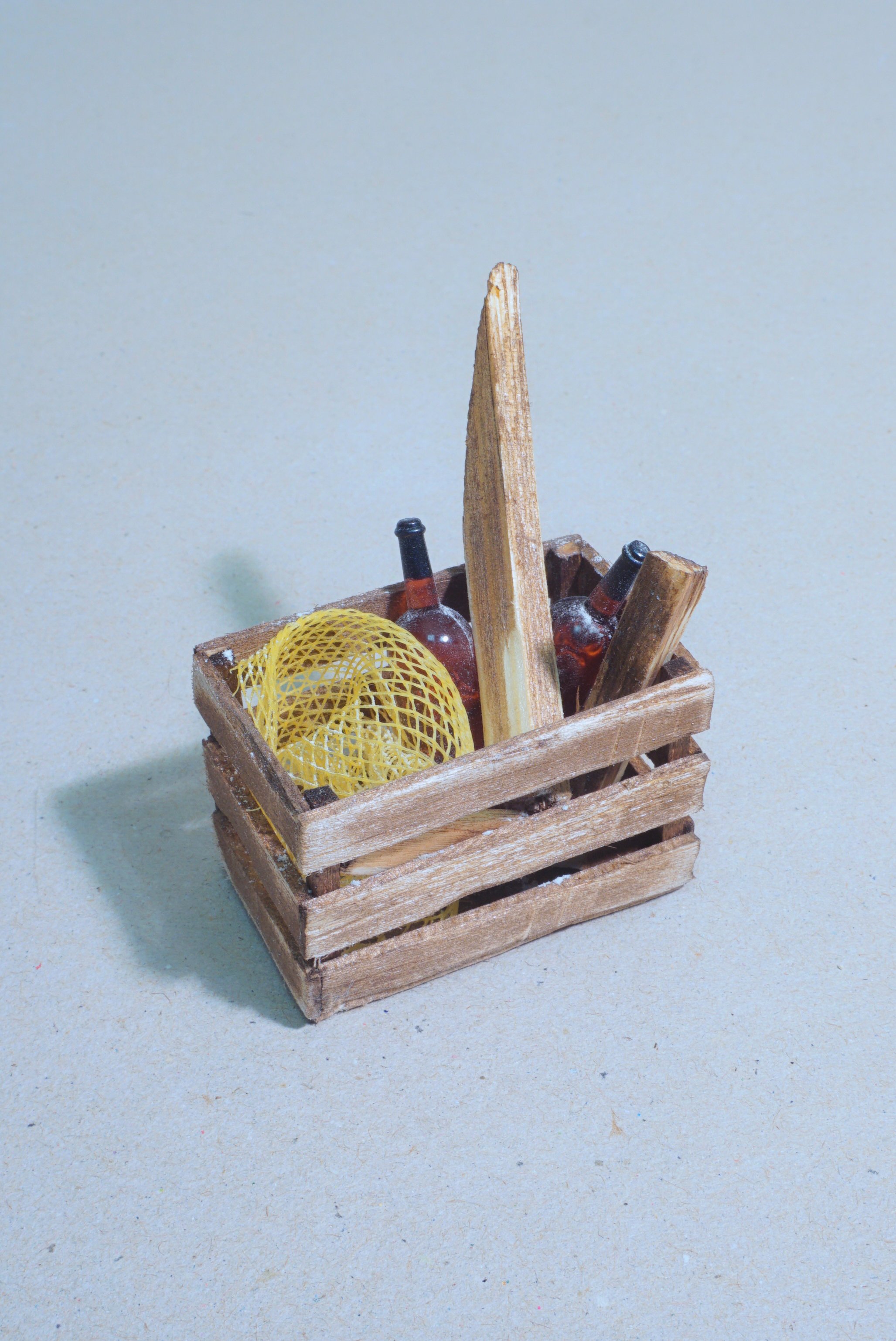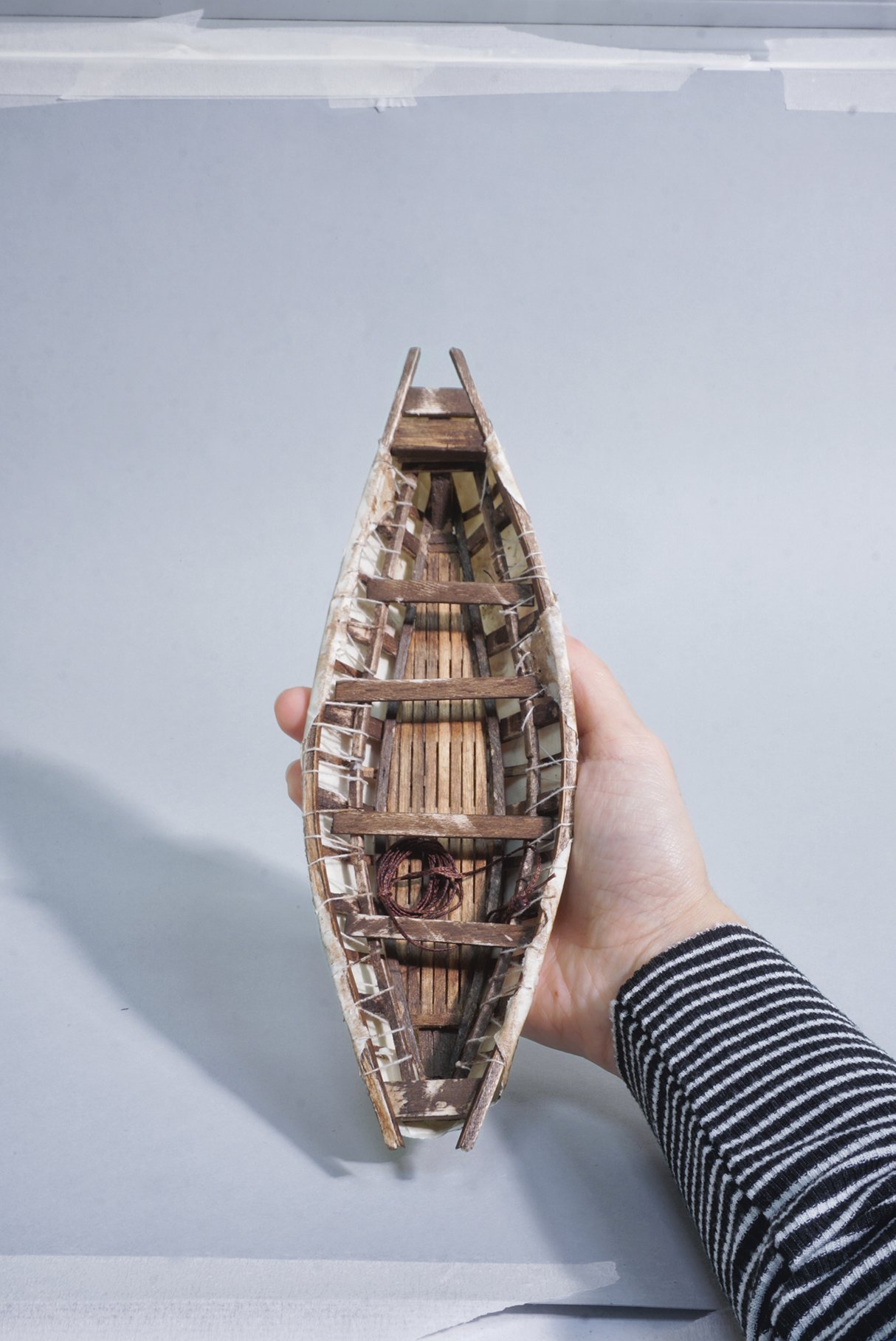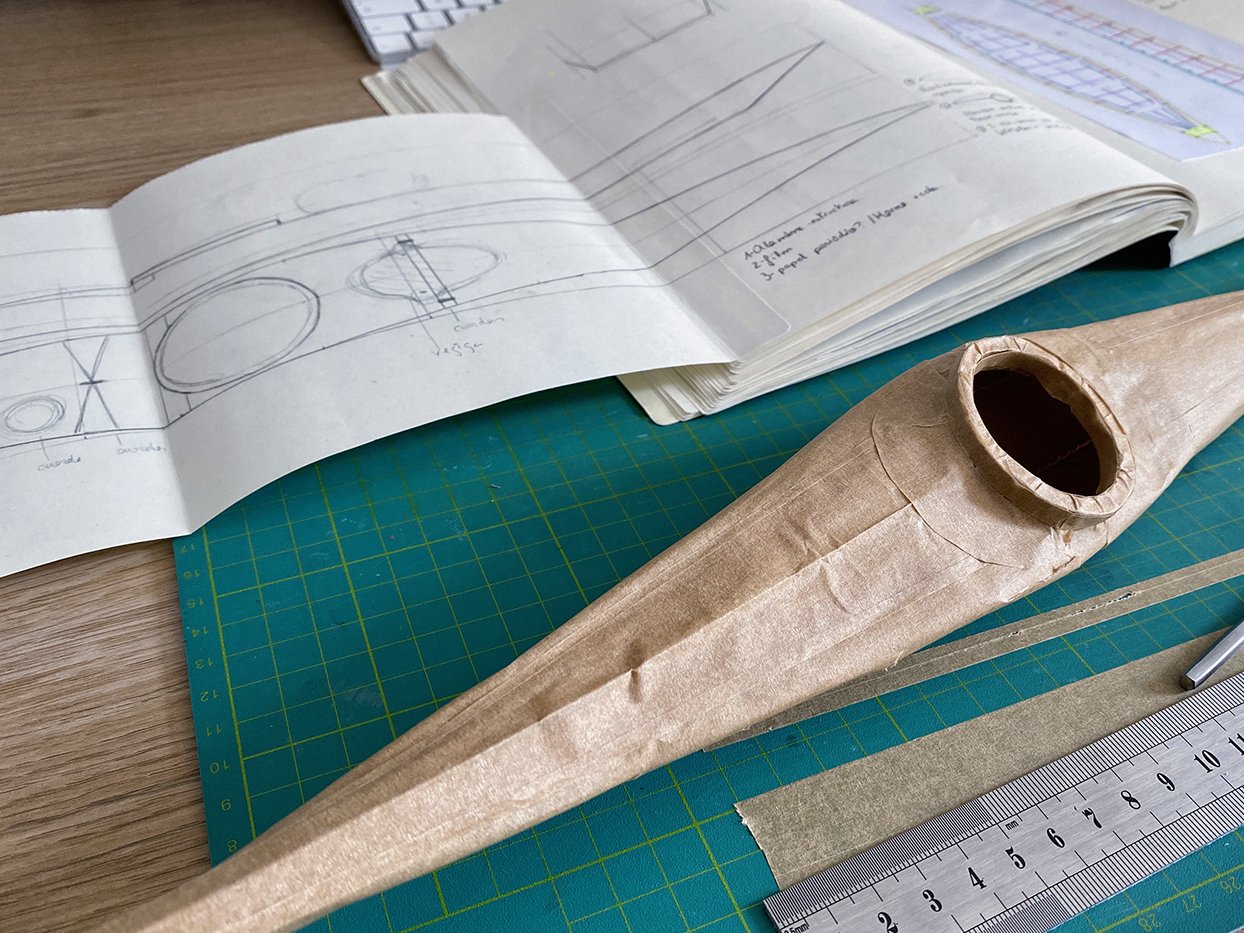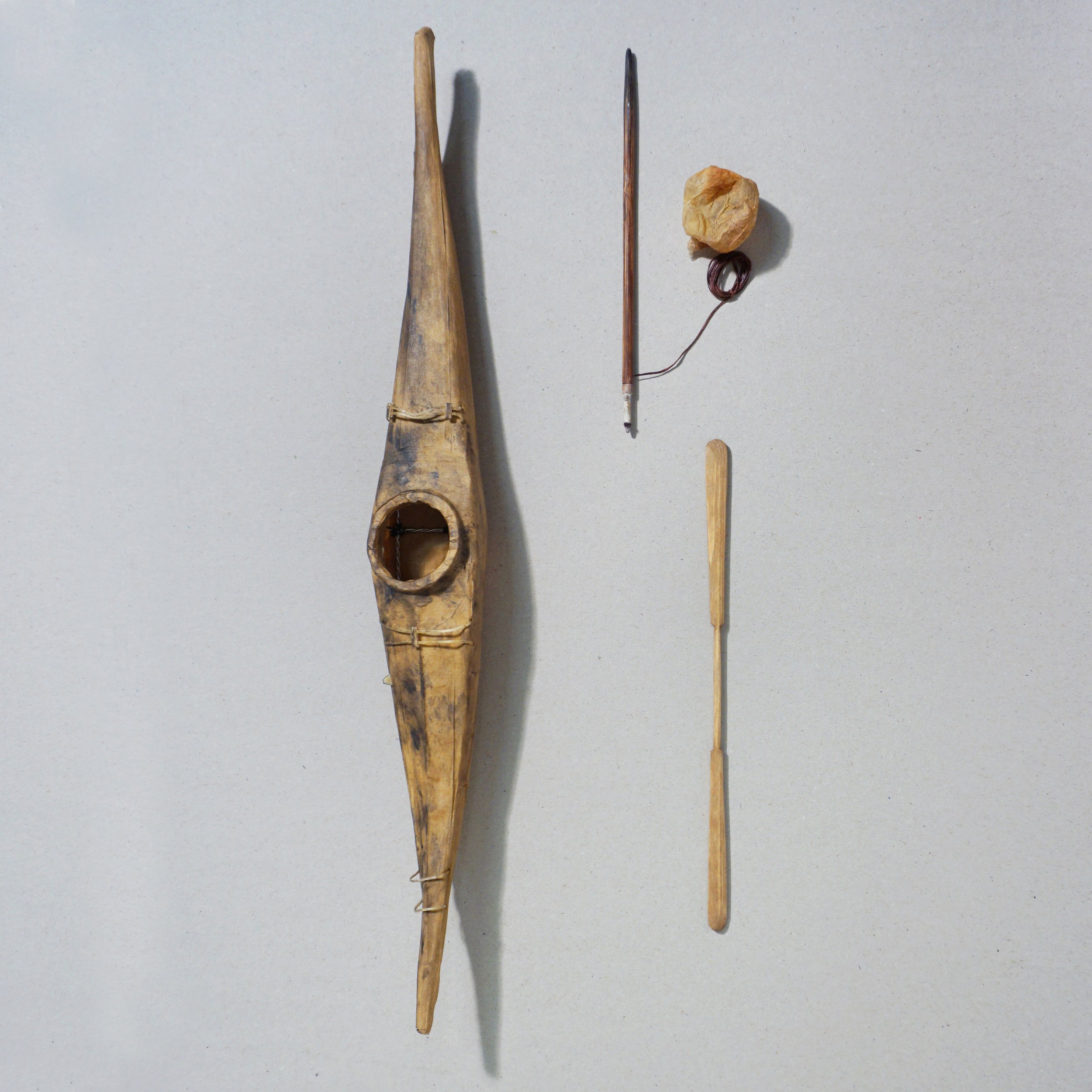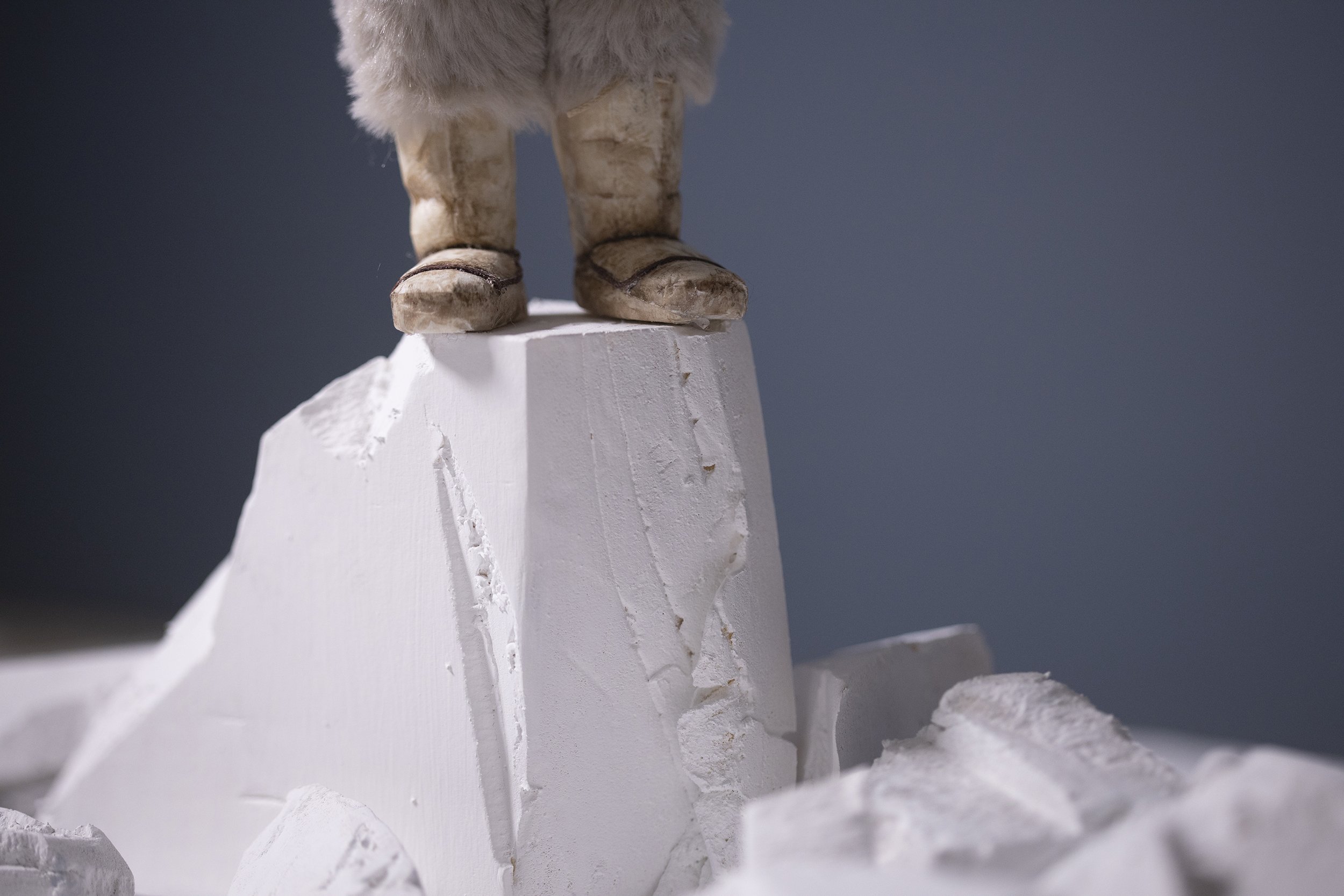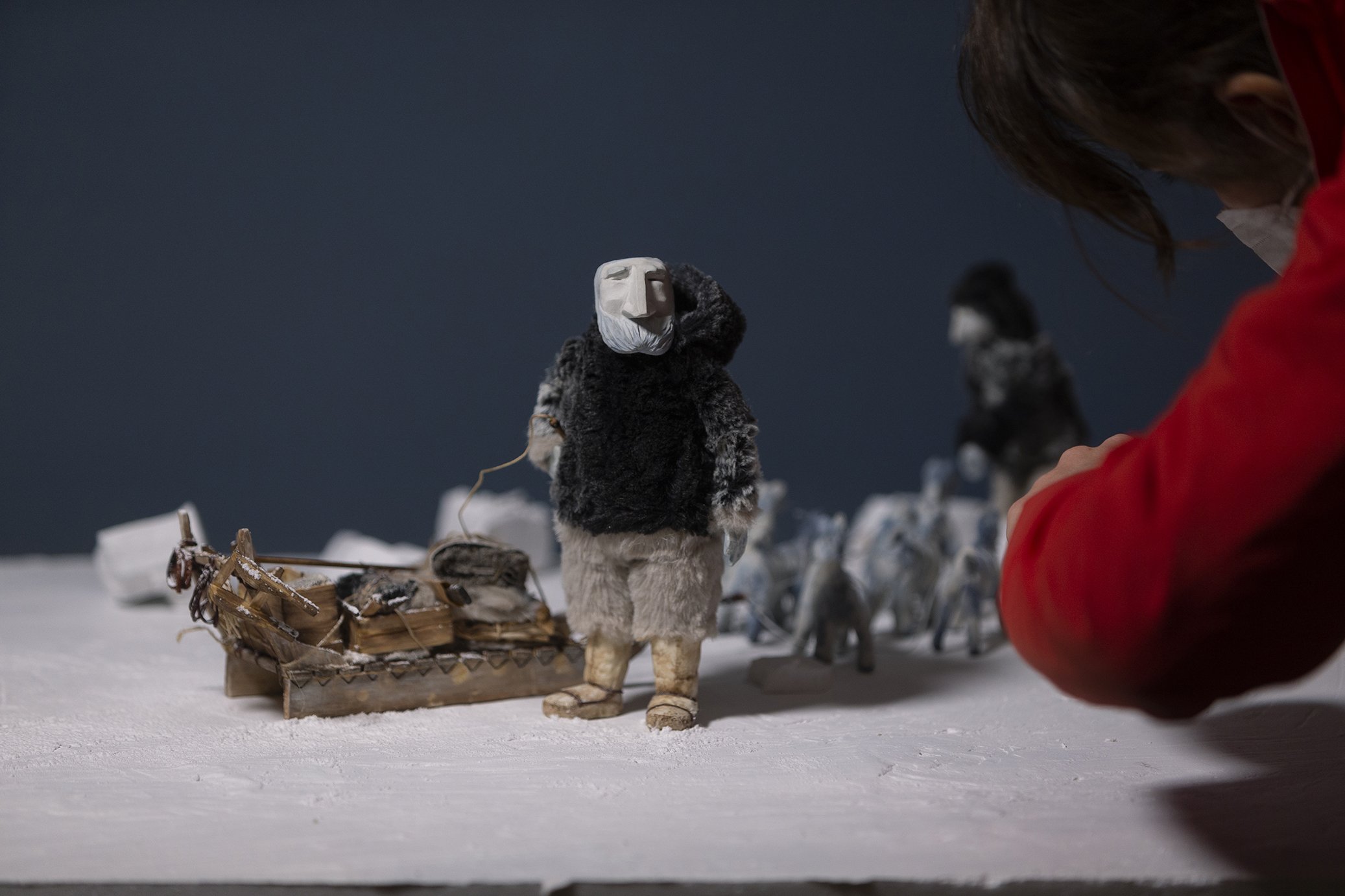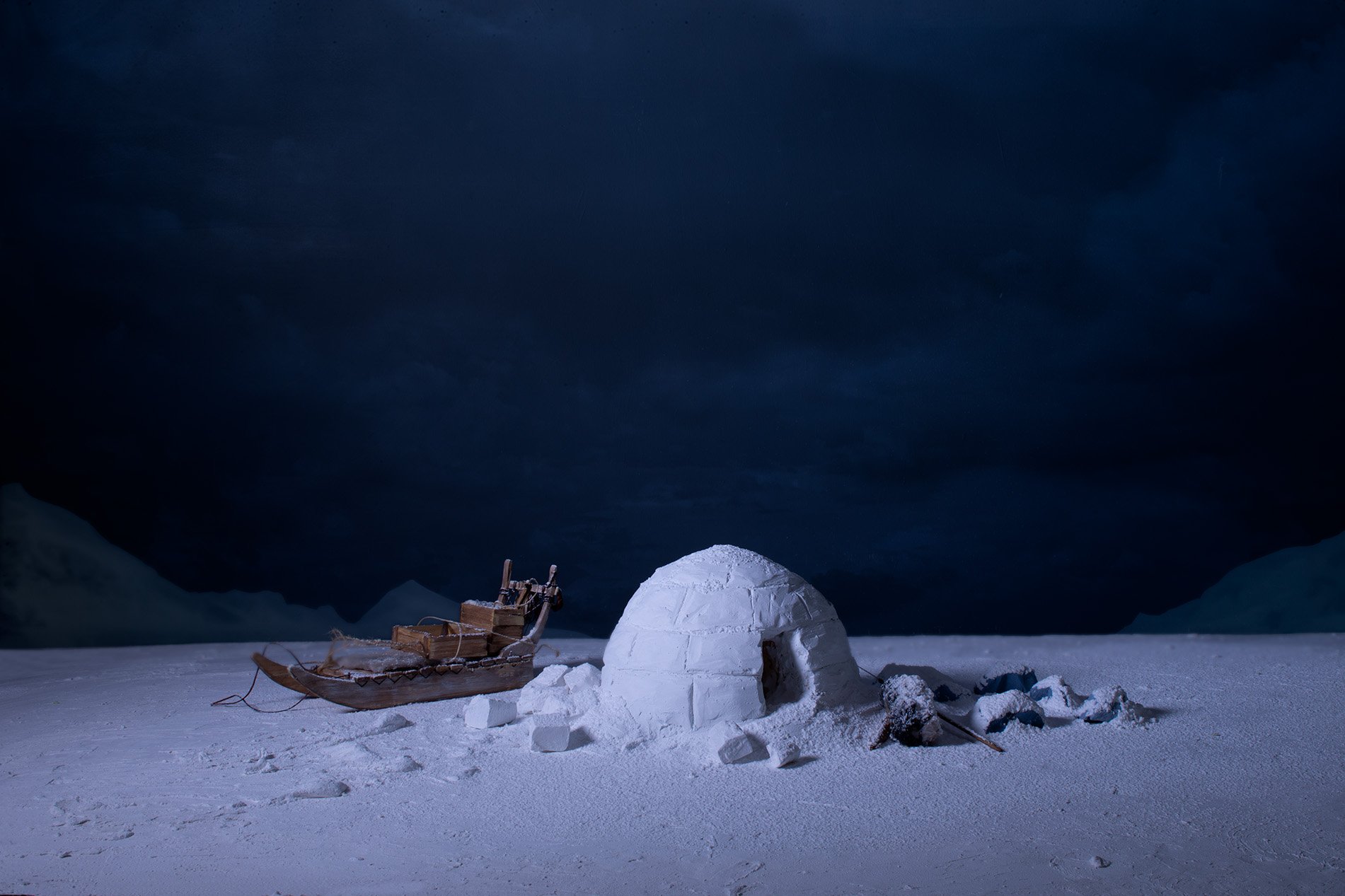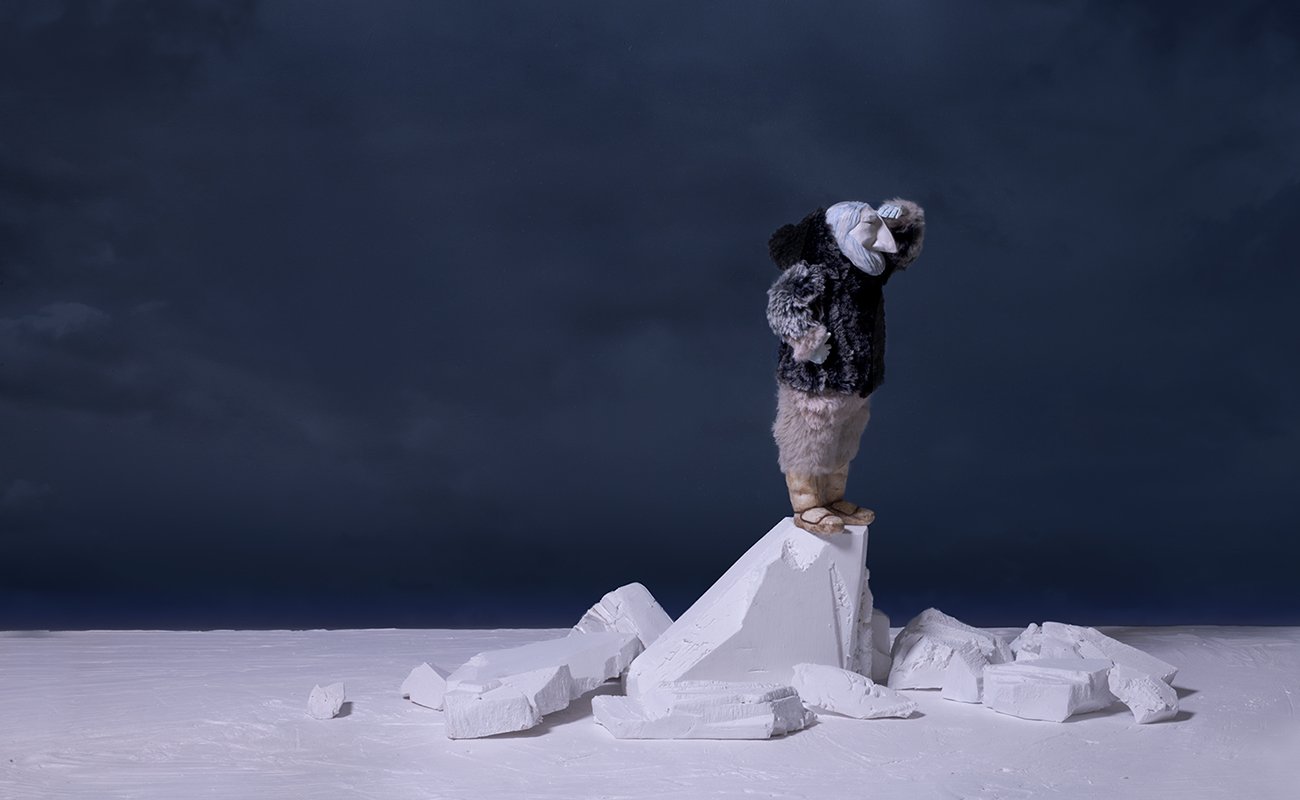Inuit life with Peter Freuchen
Vida inuit con Peter Freuchen
Castellano + abajo
I came across this photo taken by Irving Penn in 1947 and wondered…
Who is this guy and his stylish companion? Why is he wearing that huge coat? Is he missing a foot? I soon found out that it was Peter Freuchen, Arctic explorer and Dagmar Cohn, Vogue illustrator, his wife at the time. It turns out that his coat was made of bearskin and that he lost his foot when it got stuck in the Greenland ice....
I read his biography "Adventure in the Arctic”, and from there began my journey with the Inuit culture. To survive you not only have to know how to hunt and share, you also have to build a house, respect nature and be patient.
Un día me reencontré con esta foto tomada por Irving Penn en 1947…
¿Quién es este tipo y su estilosa acompañante?¿Por qué lleva ese abrigo tan enorme?¿Le falta un pie? Era Peter Freuchen, explorador ártico y Dagmar Cohn, ilustradora de Vogue, su esposa por aquella época. Resulta que su abrigo era de piel de oso y que perdió su pie al quedarse atrapado en el hielo de Groenlandia…
Conseguí su biografía “Aventura en el Ártico”, y a partir de ahí comenzó mi viaje a los hielos, en el que aprendí un montón de cosas sobre la cultura Inuit. Para sobrevivir no solo tienes que saber cazar y compartir, también construirte una casa, respetar la naturaleza y ser paciente.
Peter Freucehn miniature wearing Qulittaq or caribou parka and Kamik or sealskin boots. To shape the boots I used masking tape painted with white watercolor.
Miniatura de Peter Freuchen vestido con Qulittaq o parca de caribou y Kamik o botas de piel de foca. Para dar forma a las botas utilicé cinta adhesiva pintada con acuarela blanca.
When Peter met Navarana Mequpaluk, she joined on several expeditions. She also taught him how to guide dogs and hunt foxes. Miniature made in collaboration with Heather Colbert.
Cuando Peter conoció a Navarana Mequpaluk, esta se unió a varias expediciones. También le enseñó a guiar a los perros y cazar zorros. Miniatura hecha en colaboración con Heather Colbert.
Thule station / Estación de Thule
The presence of European whalers and colonization by the missionaries changed the way of life in the Arctic. Many foreigners came from far away to Thule station. Although, somehow Peter Freuchen and Kund Rasmussen were part of the colonialism, they managed to put an end on the unequal trade that was harming the natives. Alcohol, tea, tobacco, sugar, guns...were some of the imported items sold in the station.
For these items I used mainly wood, paper and some bits of metal.
La presencia de balleneros europeos y la colonización por parte de los misioneros daneses cambió el modo de vida en el Ártico. Multitud de extranjeros acudían desde muy lejos a la estación de Thule. Aunque de alguna forma, Peter y Knud estaban siendo partícipes de este colonialismo, consiguieron poner fin al comercio desigual que perjudicaba a los nativos. Alcohol, chocolate, té, tabaco, azúcar...eran algunos de los artículos importados que se comercializaban en el puesto.
Para estos elementos he utilizado materiales como madera, papel y piezas de metal.
From 1912 they carried out a series of expeditions, always accompanied by inuit people. For these expeditions, sledges were indispensable. The sled «qamutiik» was made of wood and animals bones and was loaded with everything necessary for the expedition.
A partir del año 1912, llevaron a cabo una serie de expediciones, siempre acompañados por Inuit. Para estas expediciones, los trineos eran indispensables. El trineo «qamutiik» se fabricaba con madera y huesos de animales y se cargaba con todo lo necesario para la expedición.
Umiak or women’s boat was used to transport goods and hunt whales. The traditional umiak was made of floating wood or whalebone and bearded seal skin. I used some leftover pieces of wood for the frame and paper tape to cover the structure.
El umiak o barco de la mujer, se usaba habitualmente para transporte o para caza de ballena. Se construía con madera a la deriva o huesos de ballena y piel de foca barbuda. Para hacer la forma he utilizado trozos de madera y cinta de carrocero para cubrir la estructura.
The Kayak has been used by the Inuits since ancient times. They invented it for hunting and transportation.
Its frame was made of driftwood by men. Women were in charge of sewing the sealskin to cover the wooden frame.
For the frame, I used wire instead of wood. To make the fabric I used masking paper tape.
Los Inuit inventaron el kayak para cazar y desplazarse. Los hombres construían la estructura con madera que encontraban a la deriva y las mujeres se encargaban de coser pieles de foca para cubrir la estructura.
Para la parte interna he utilizado alambre en vez de madera y lo he recubierto con cinta adhesiva de papel.
